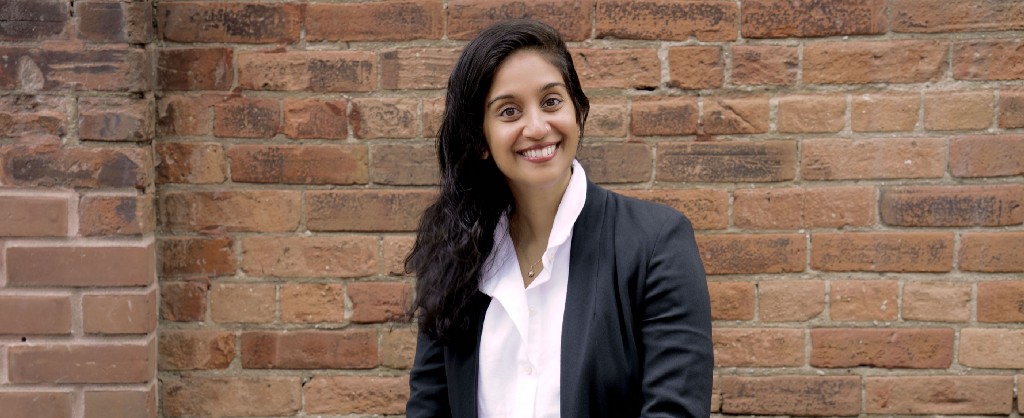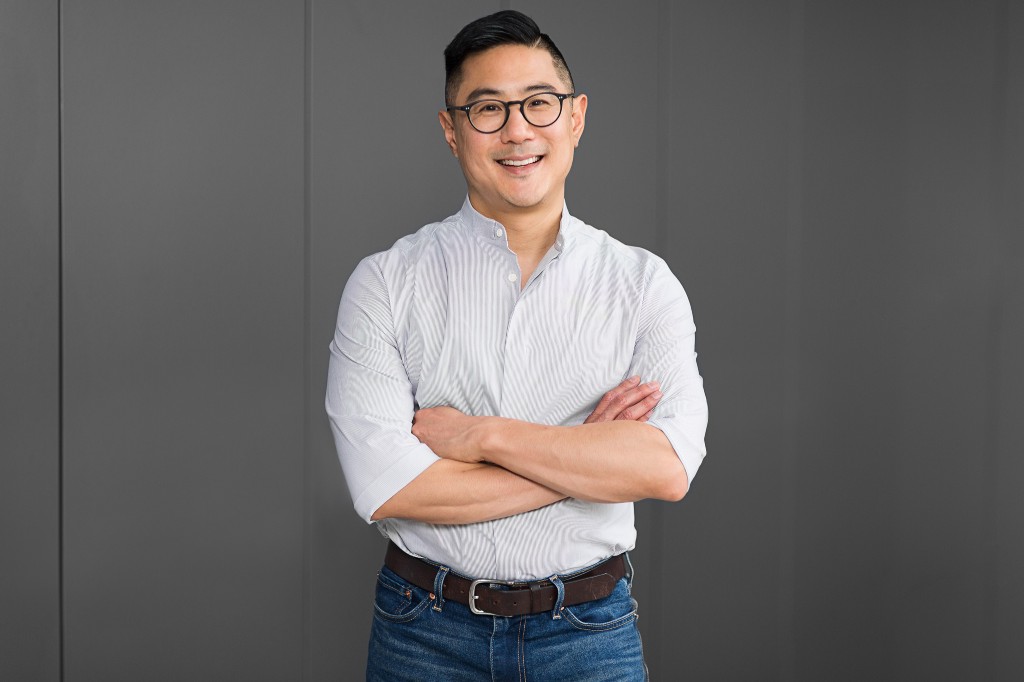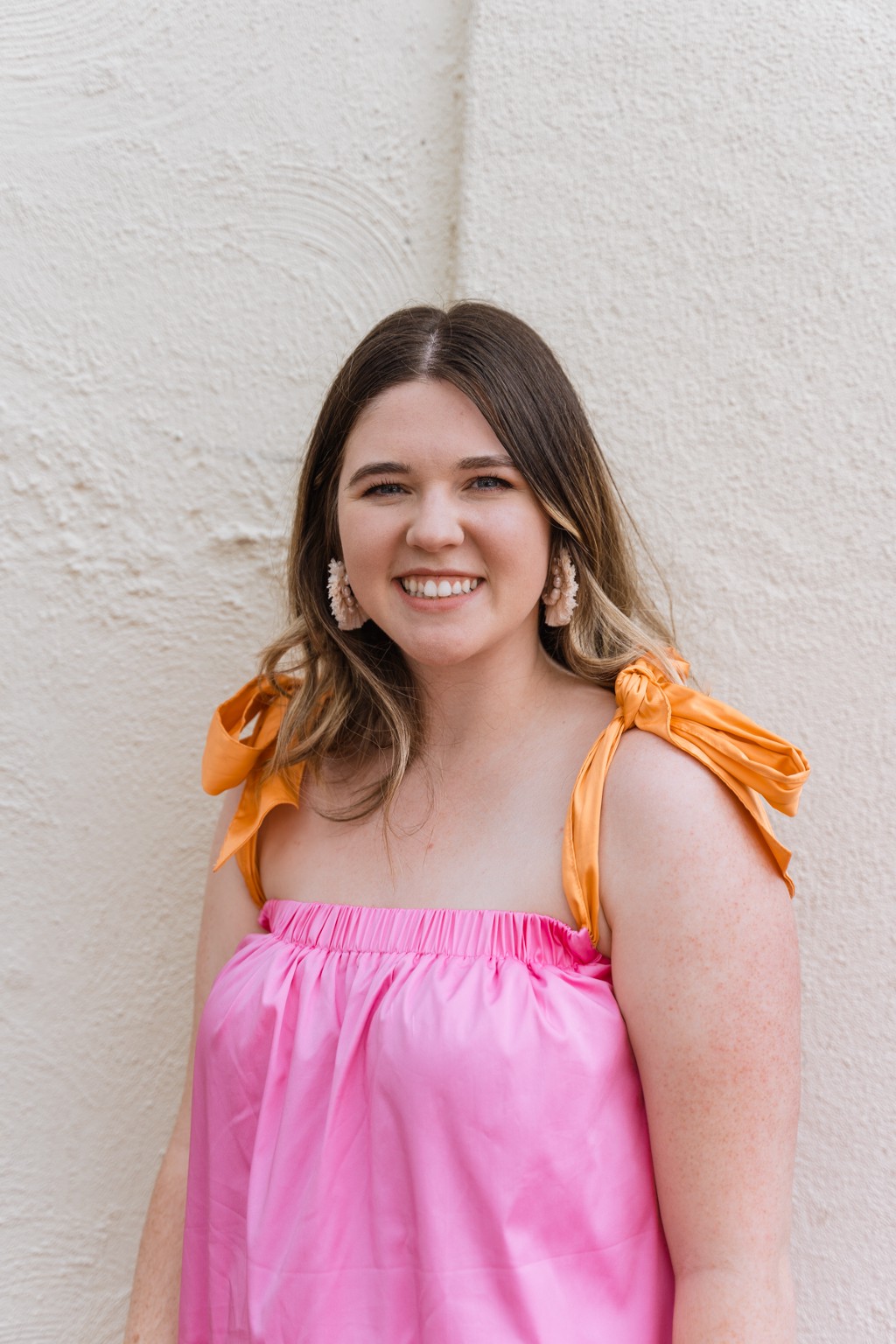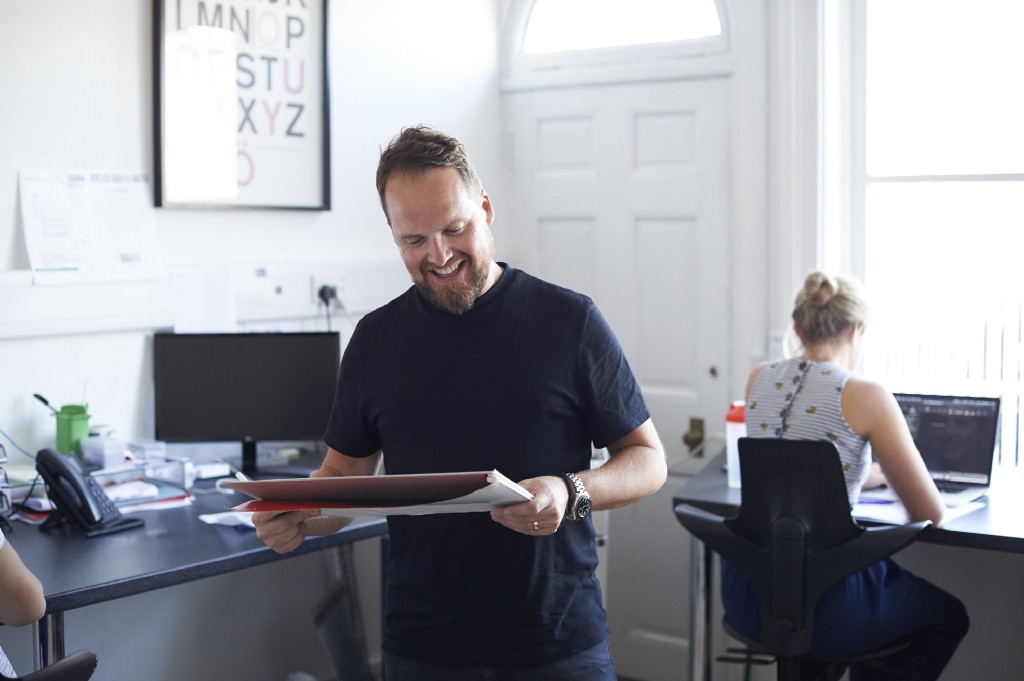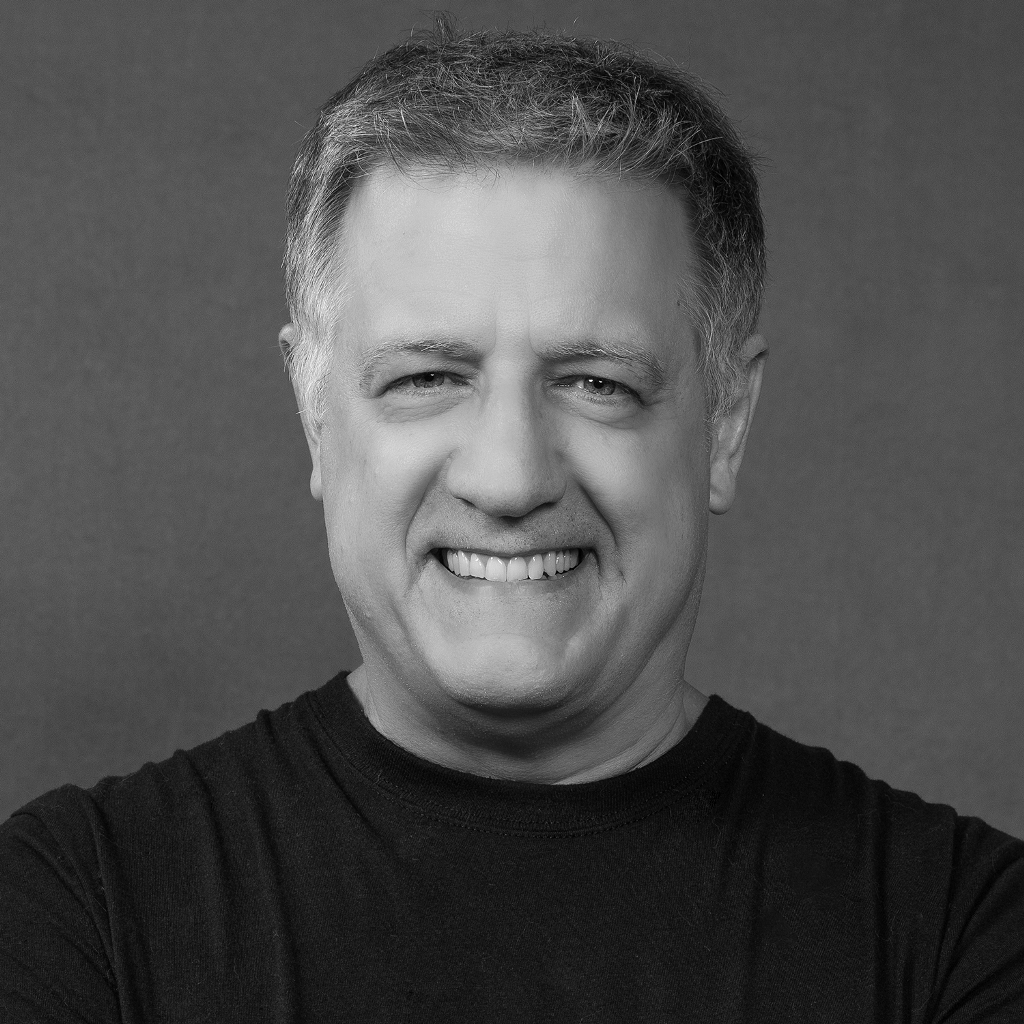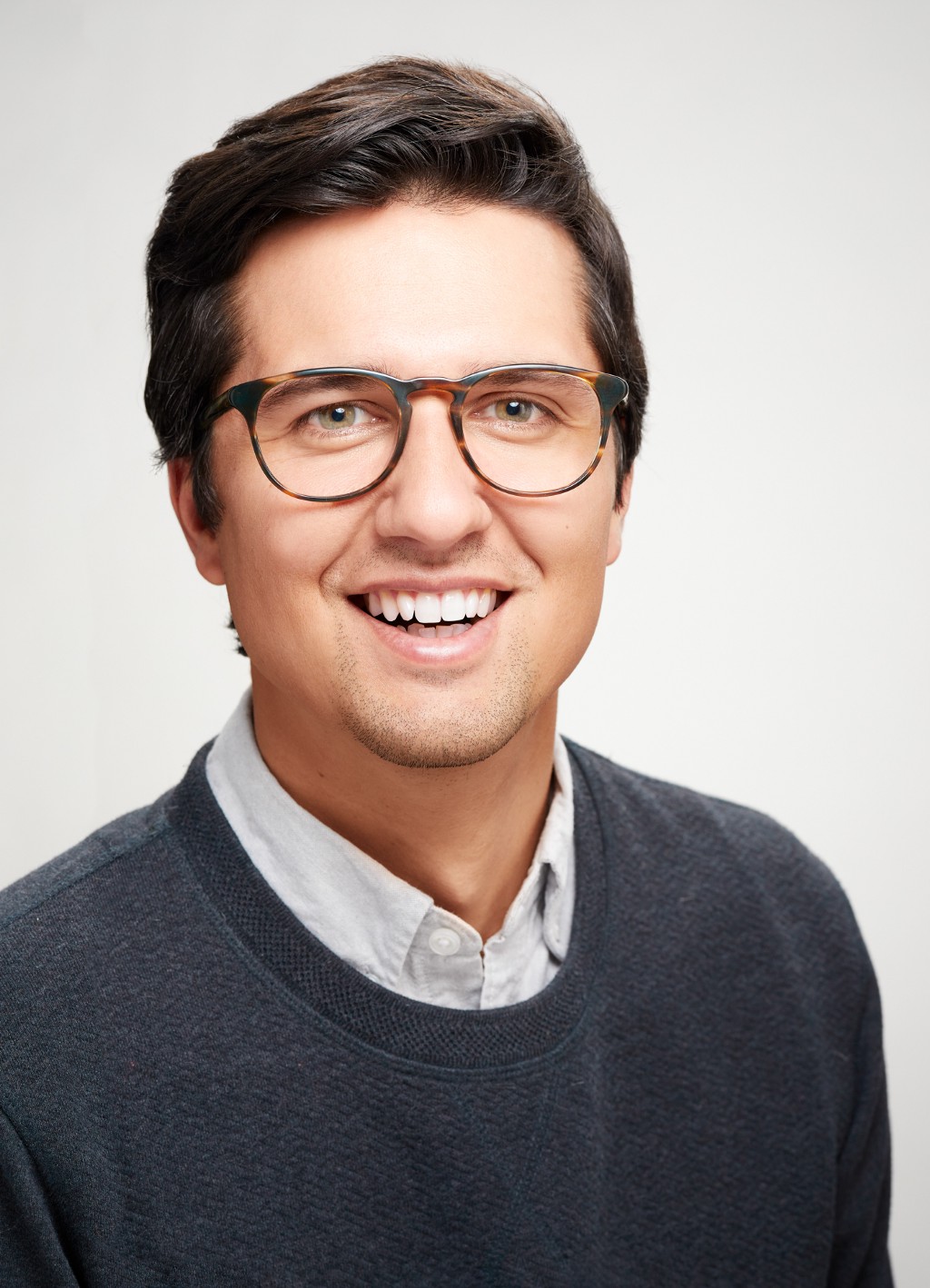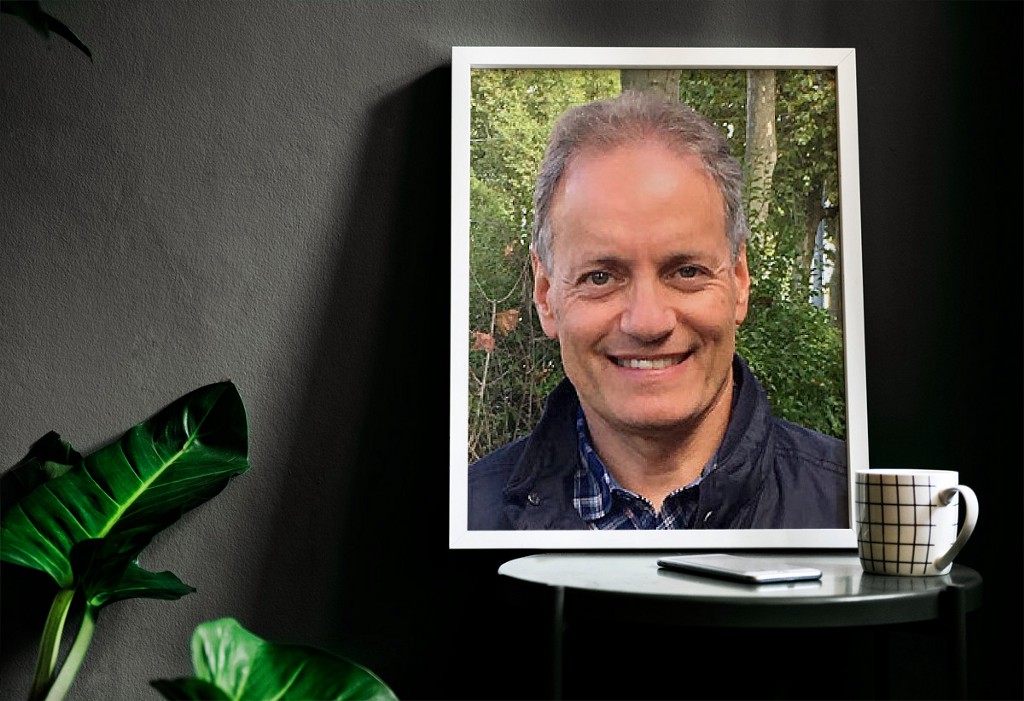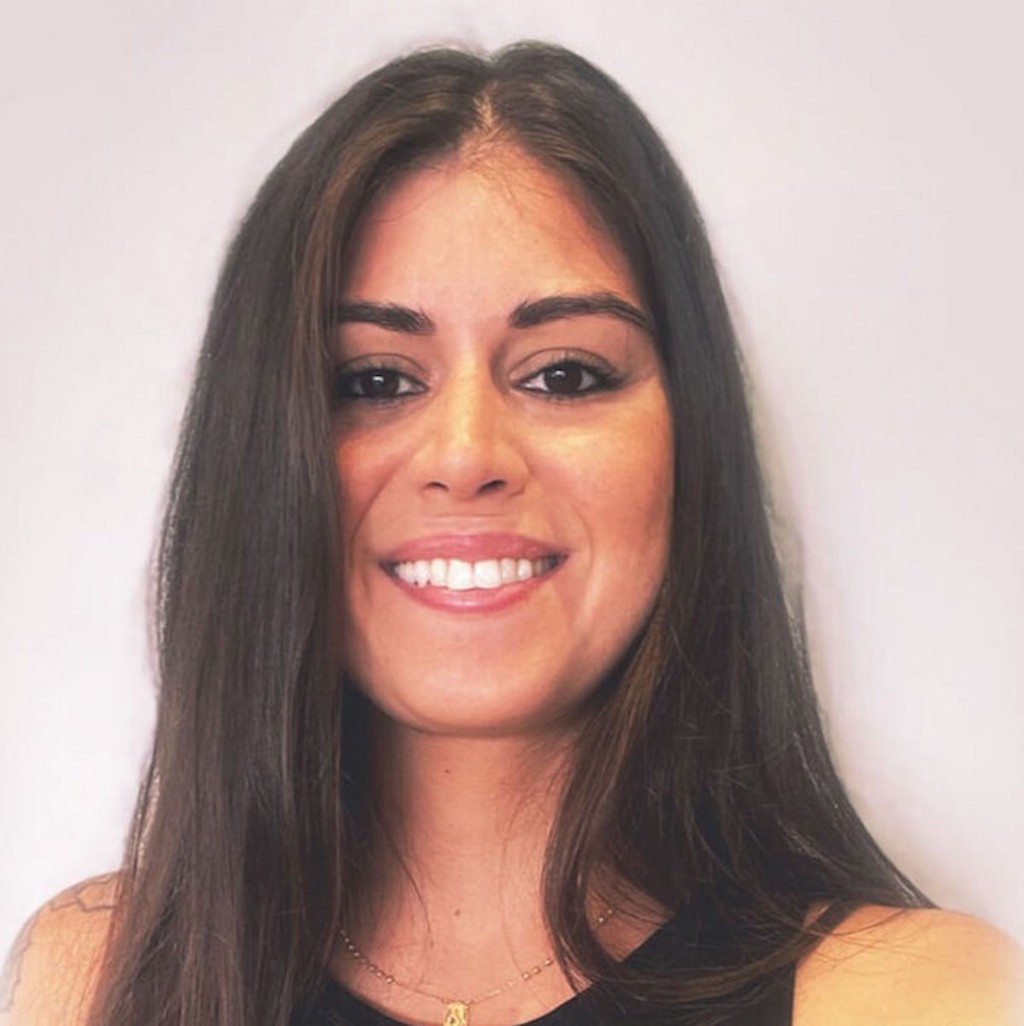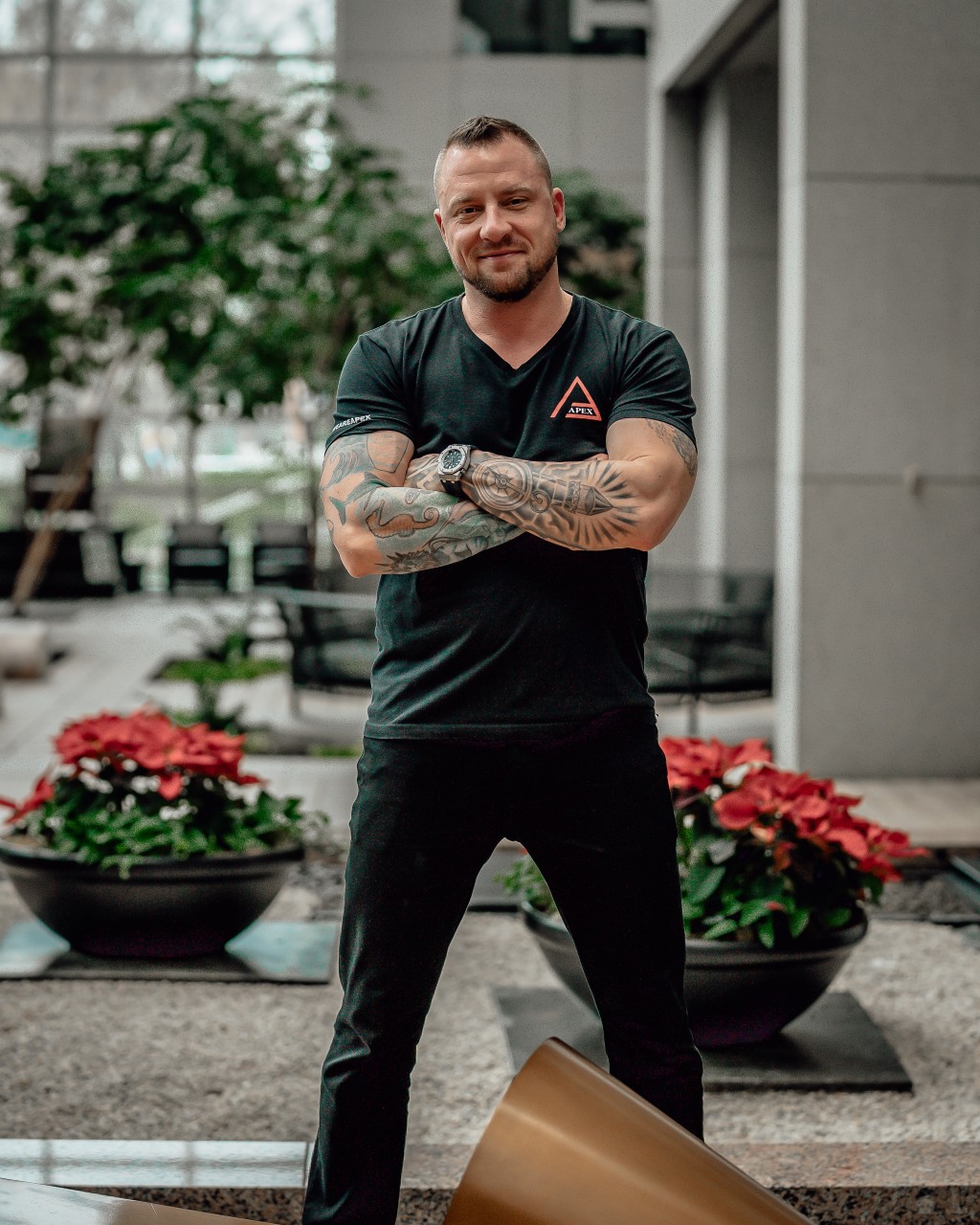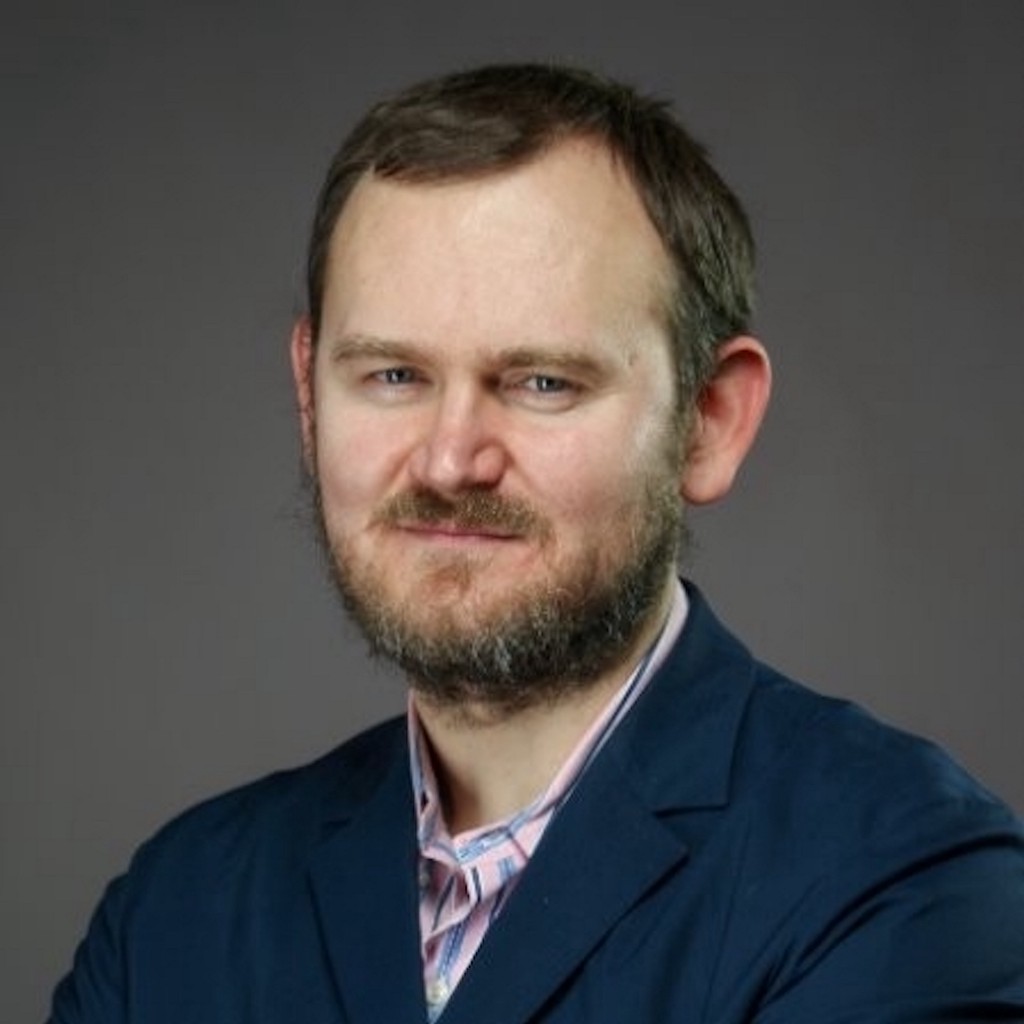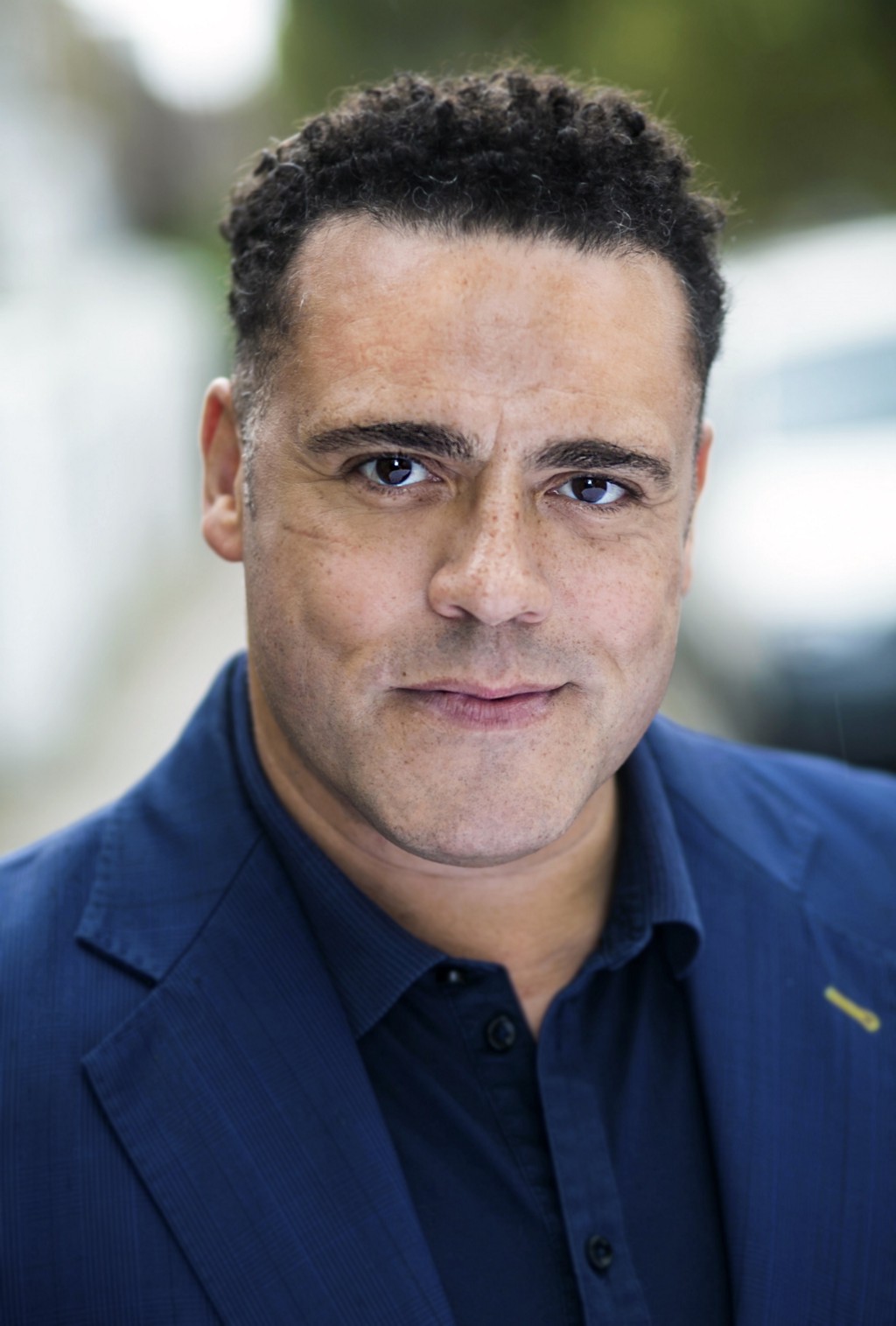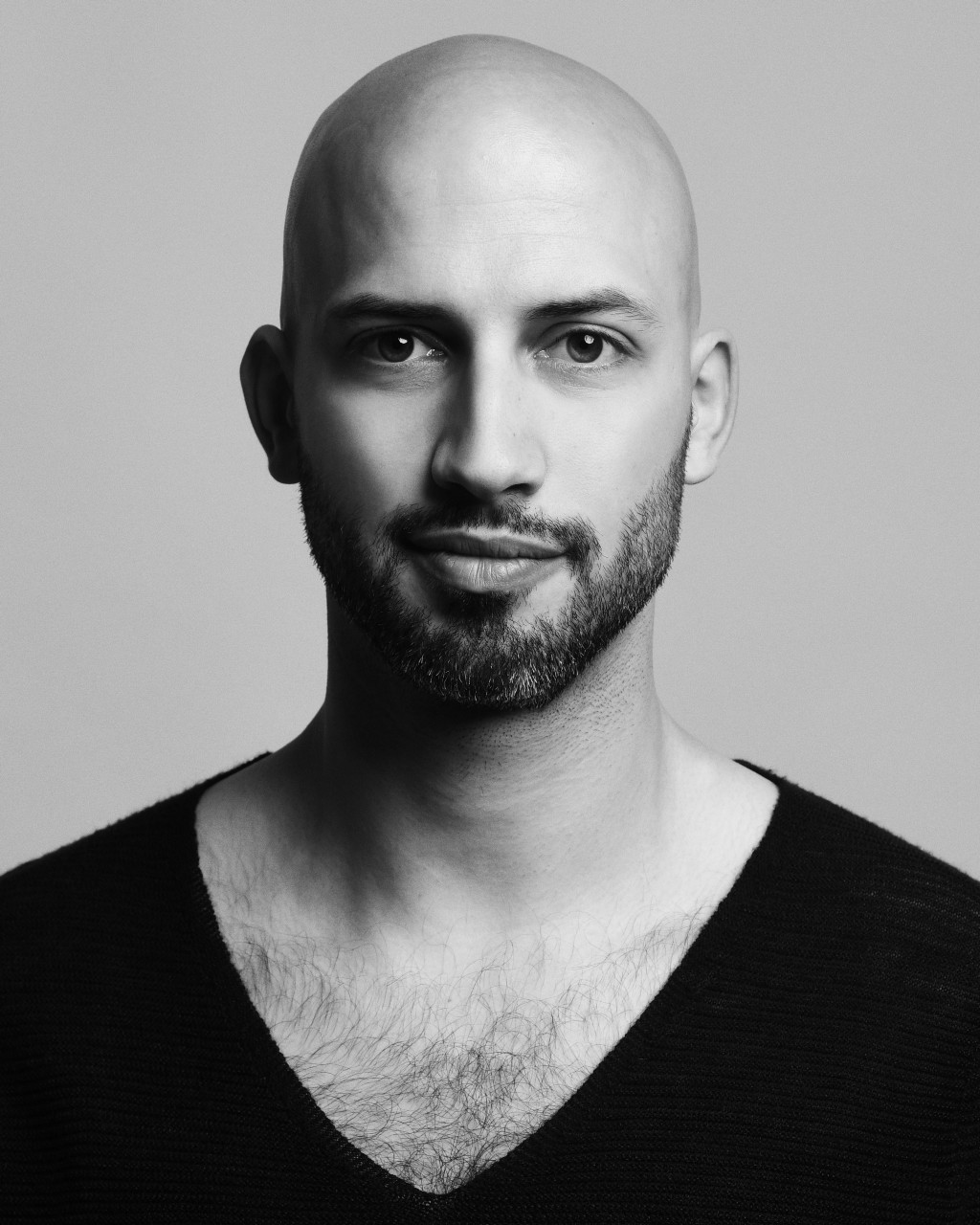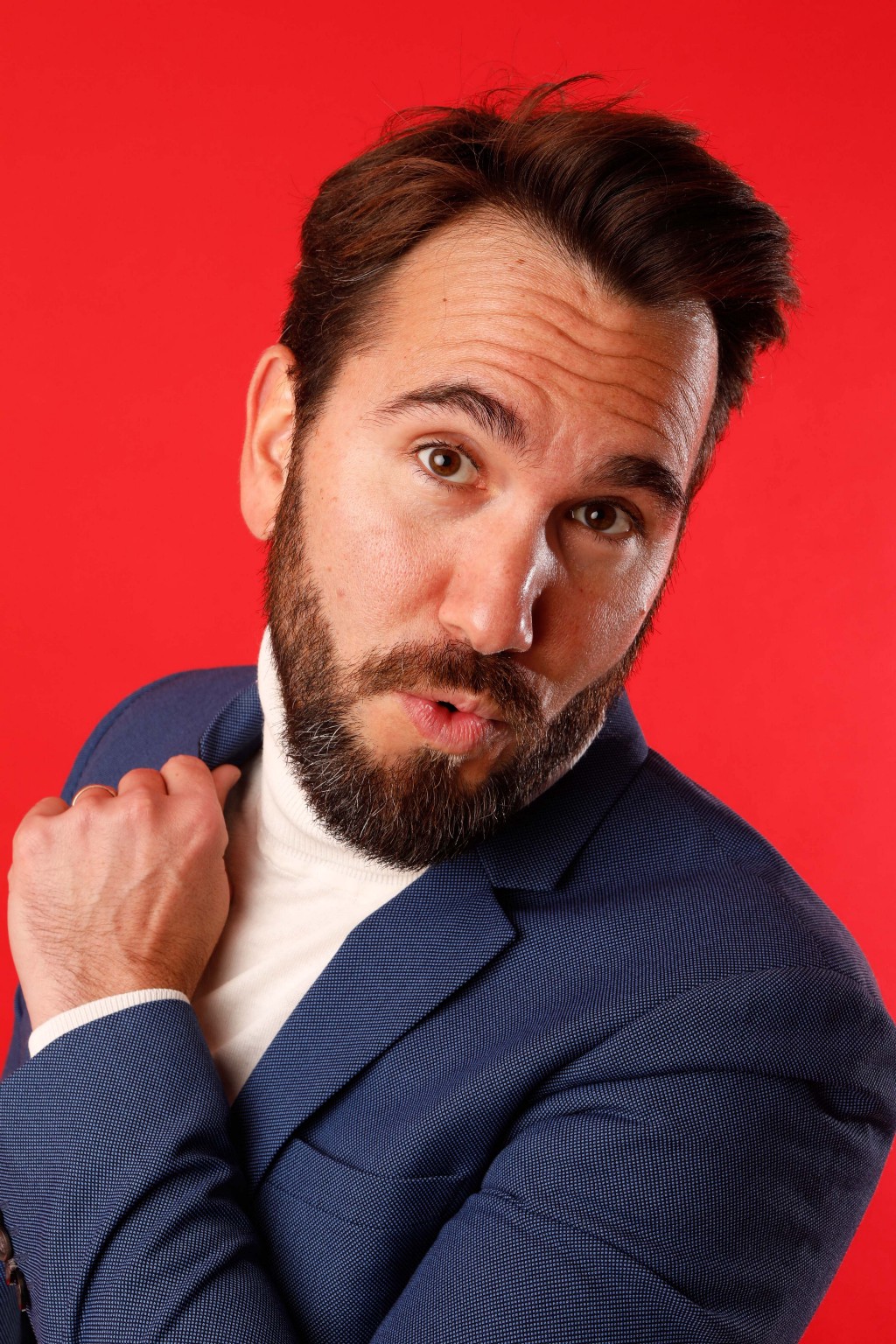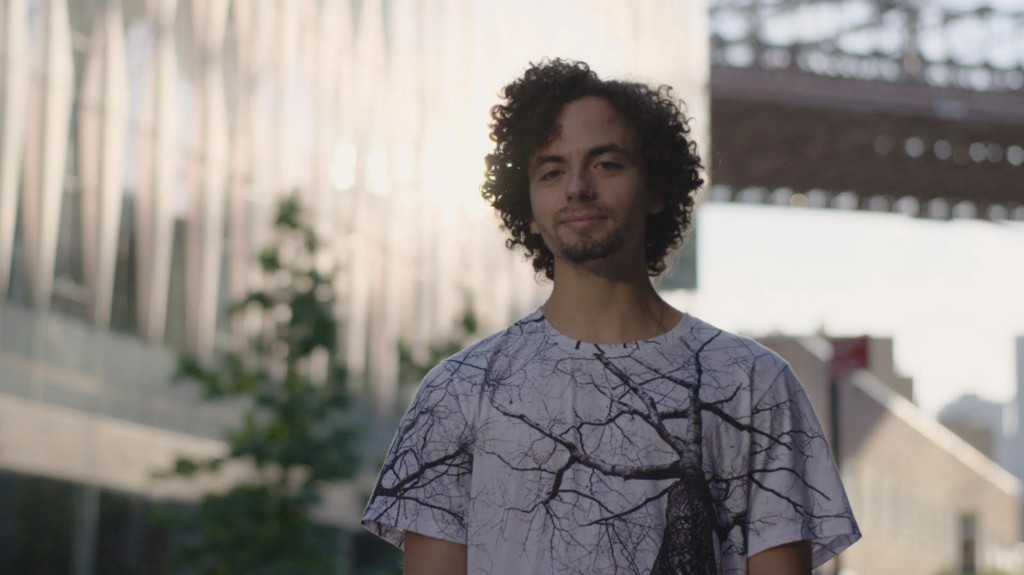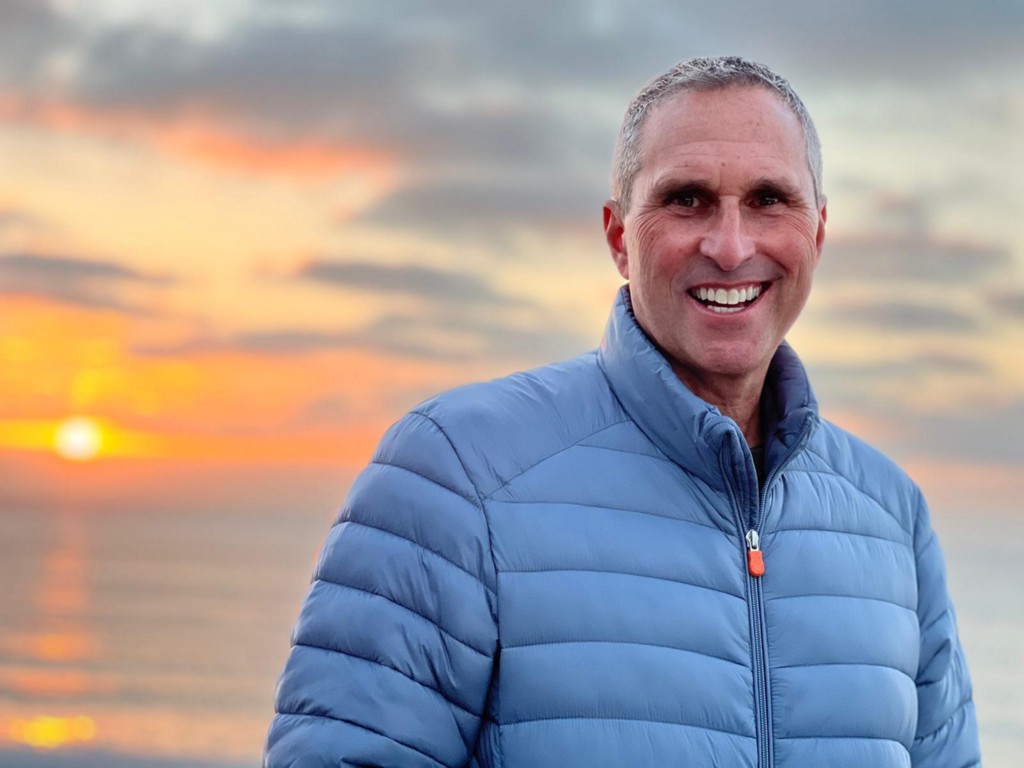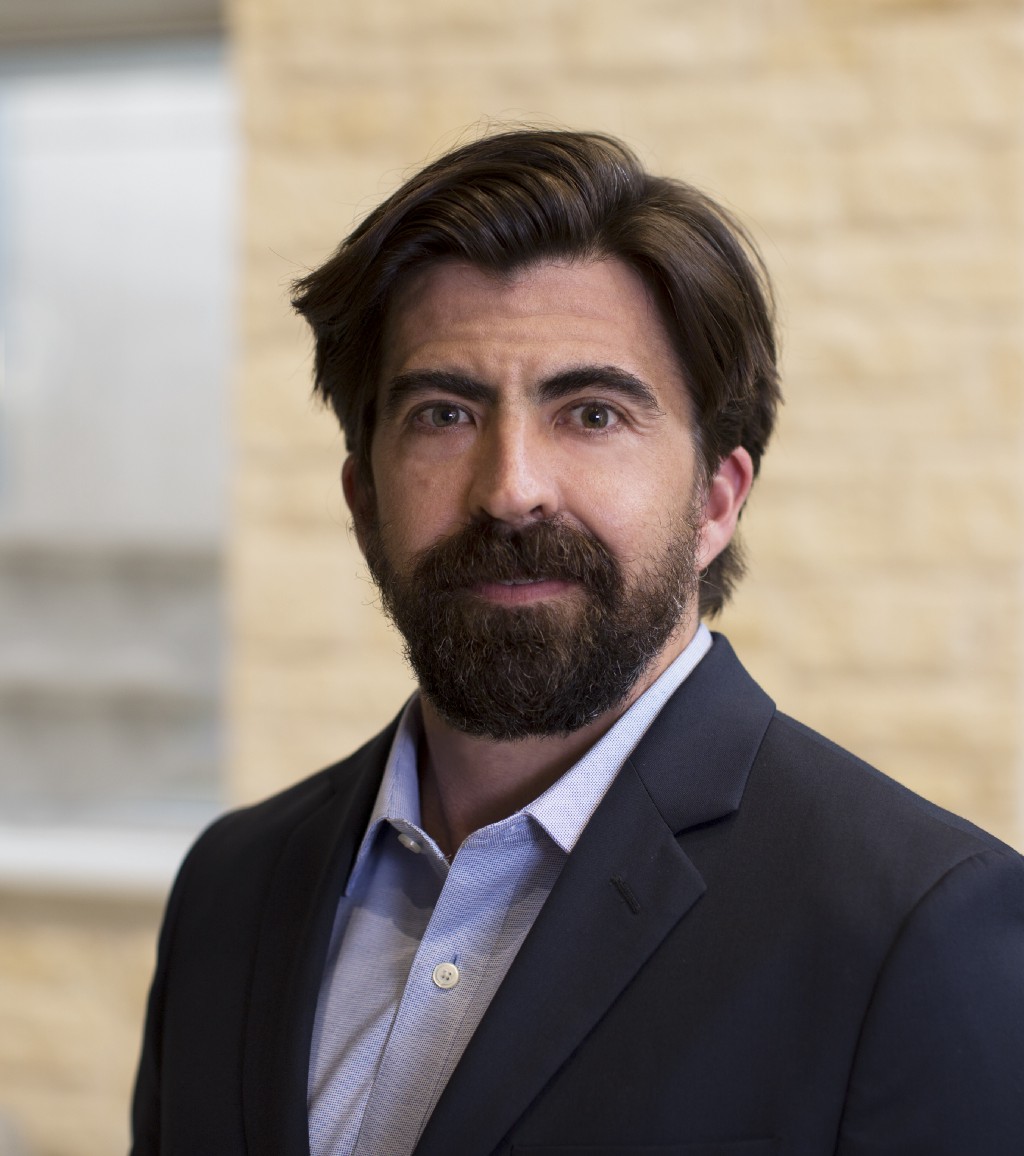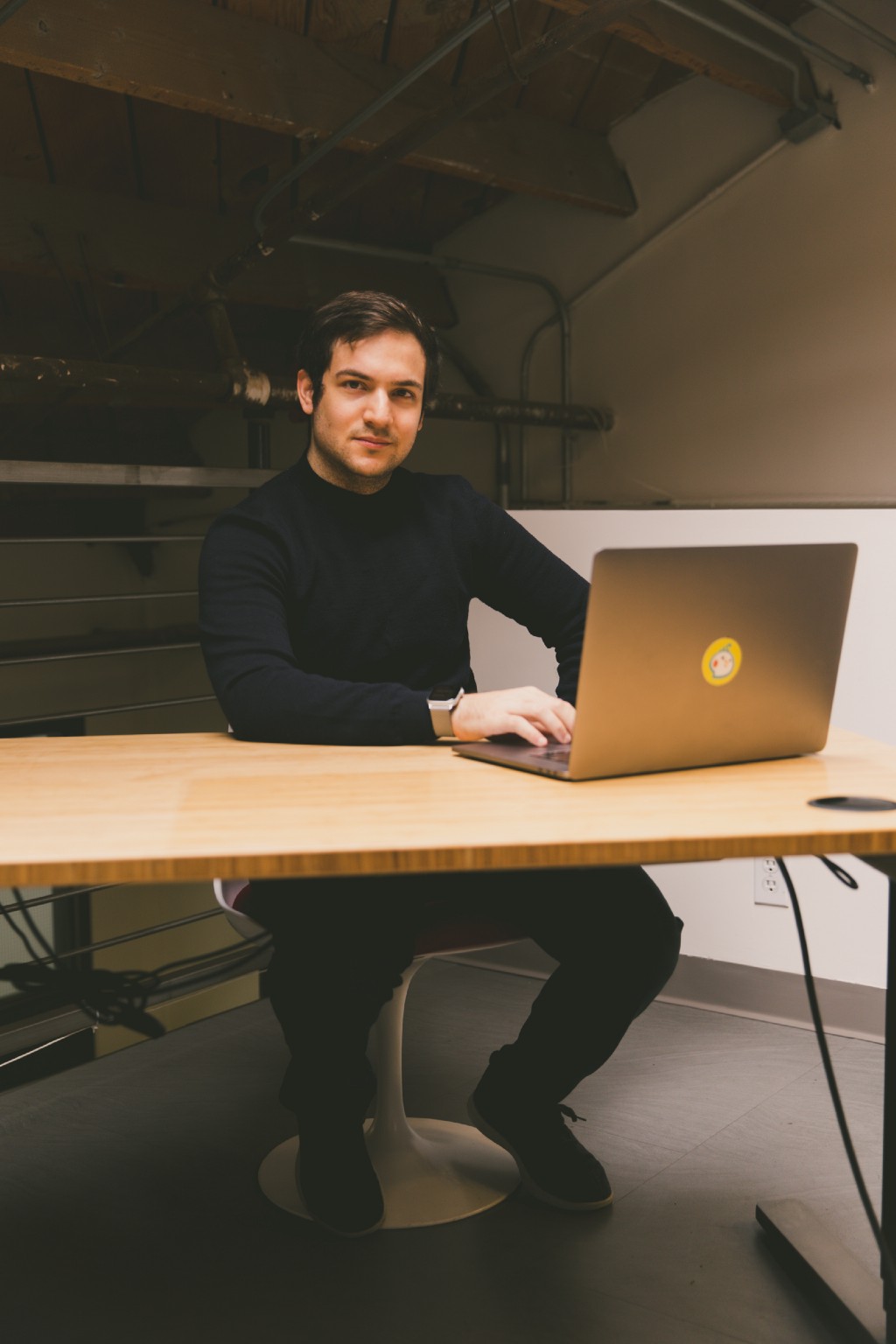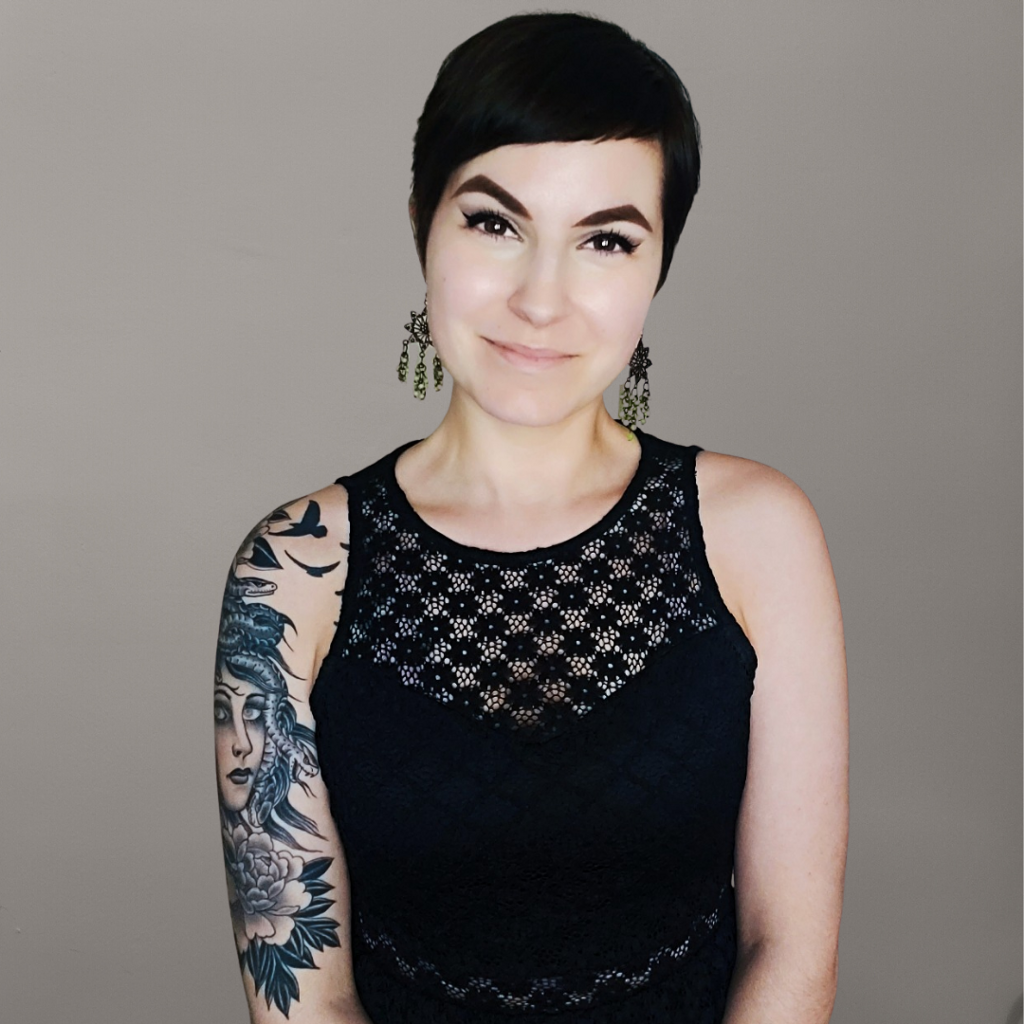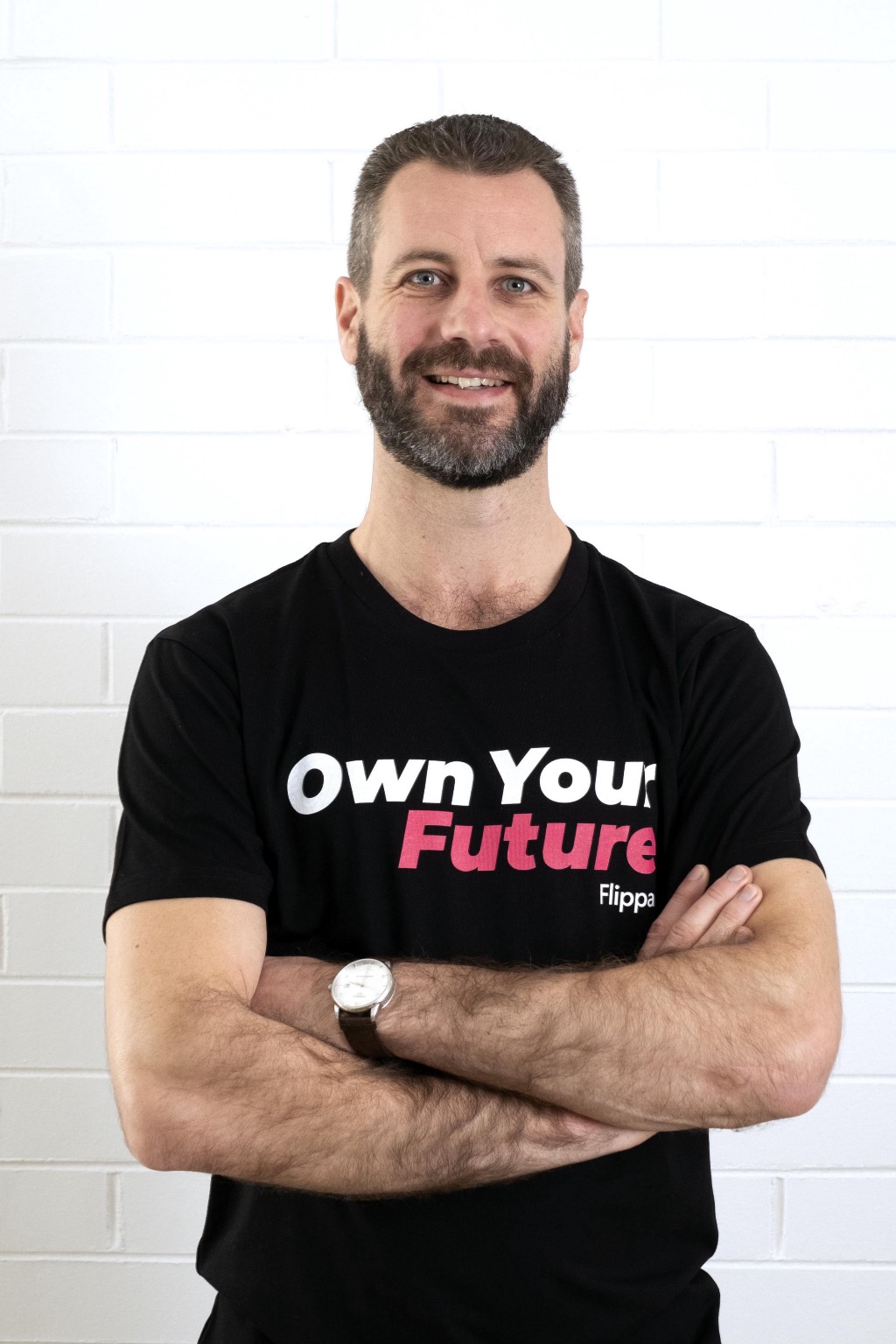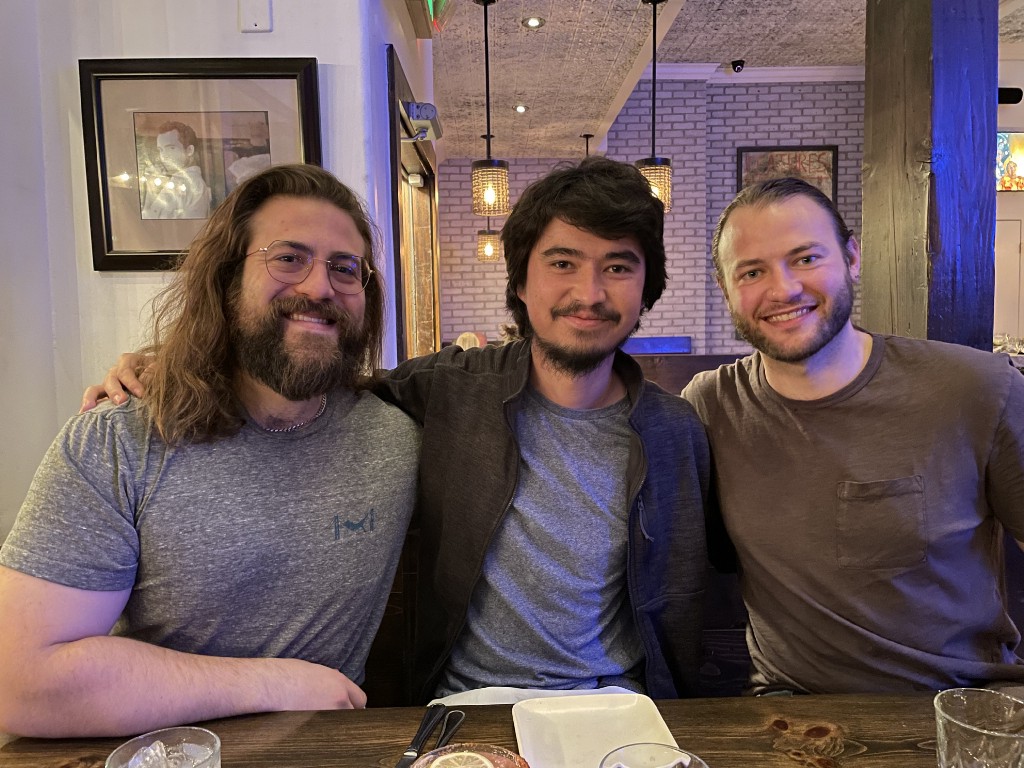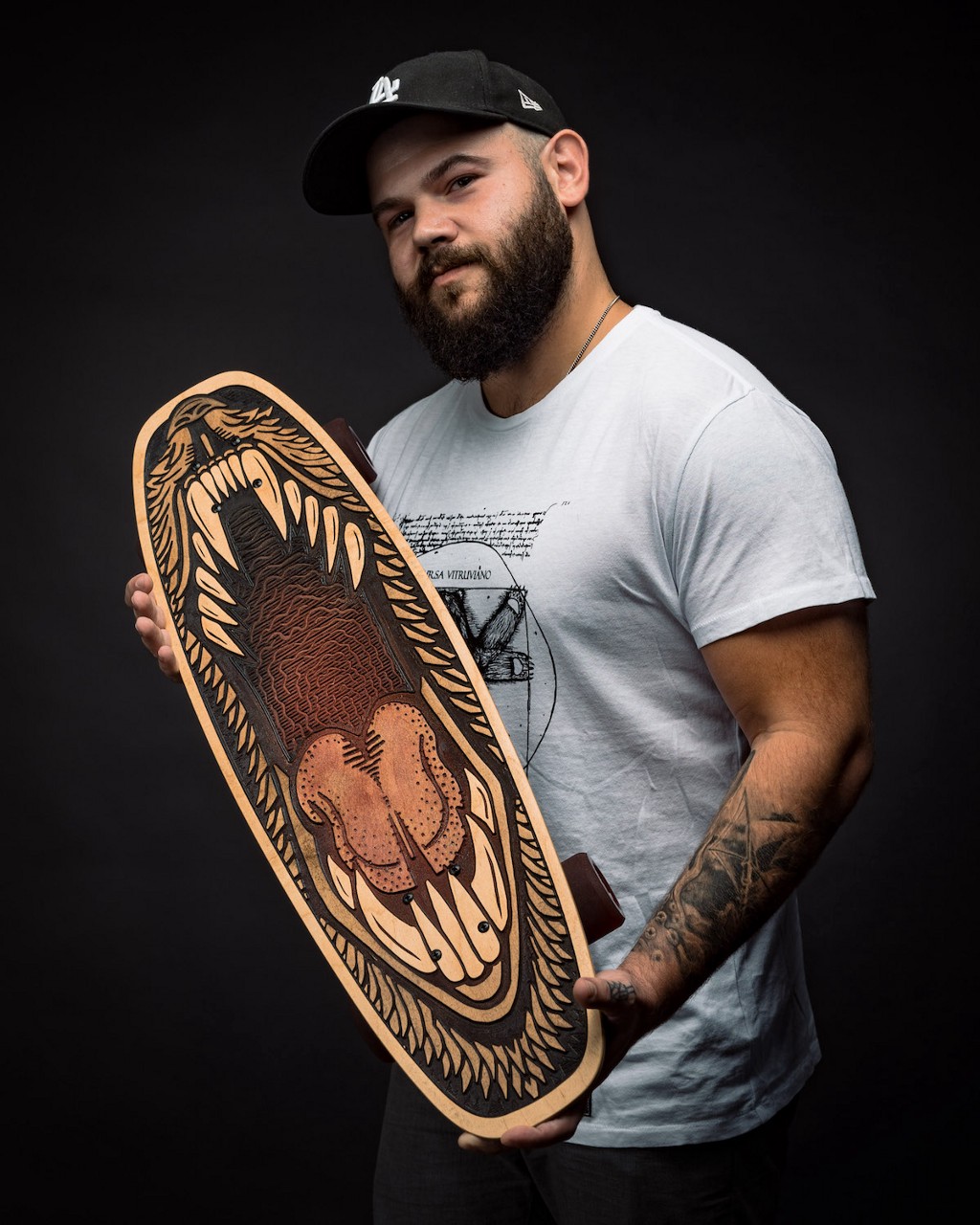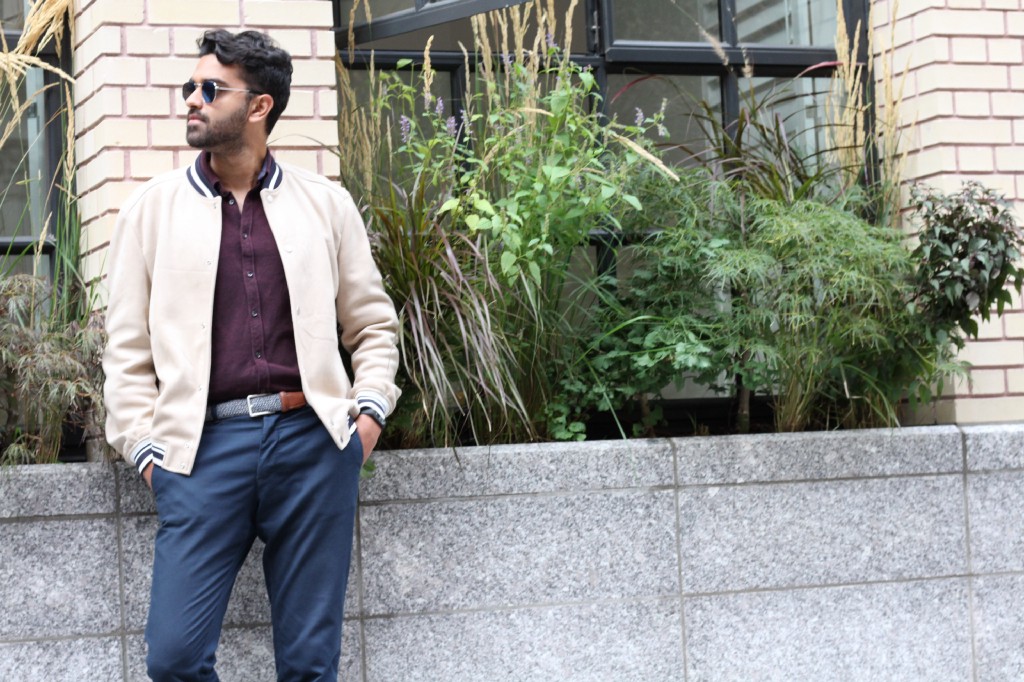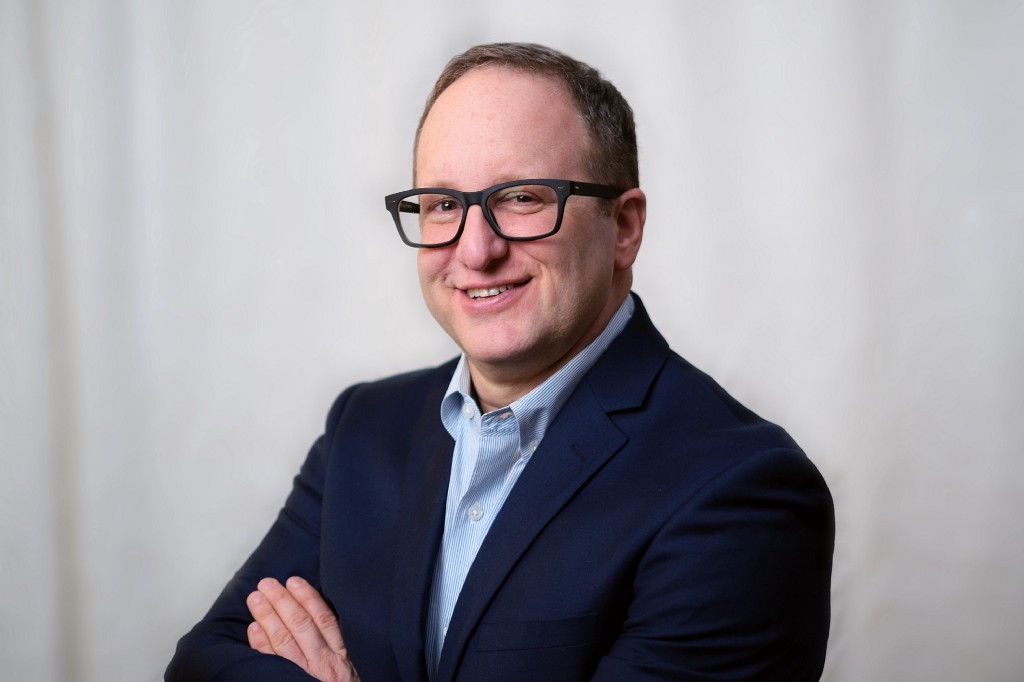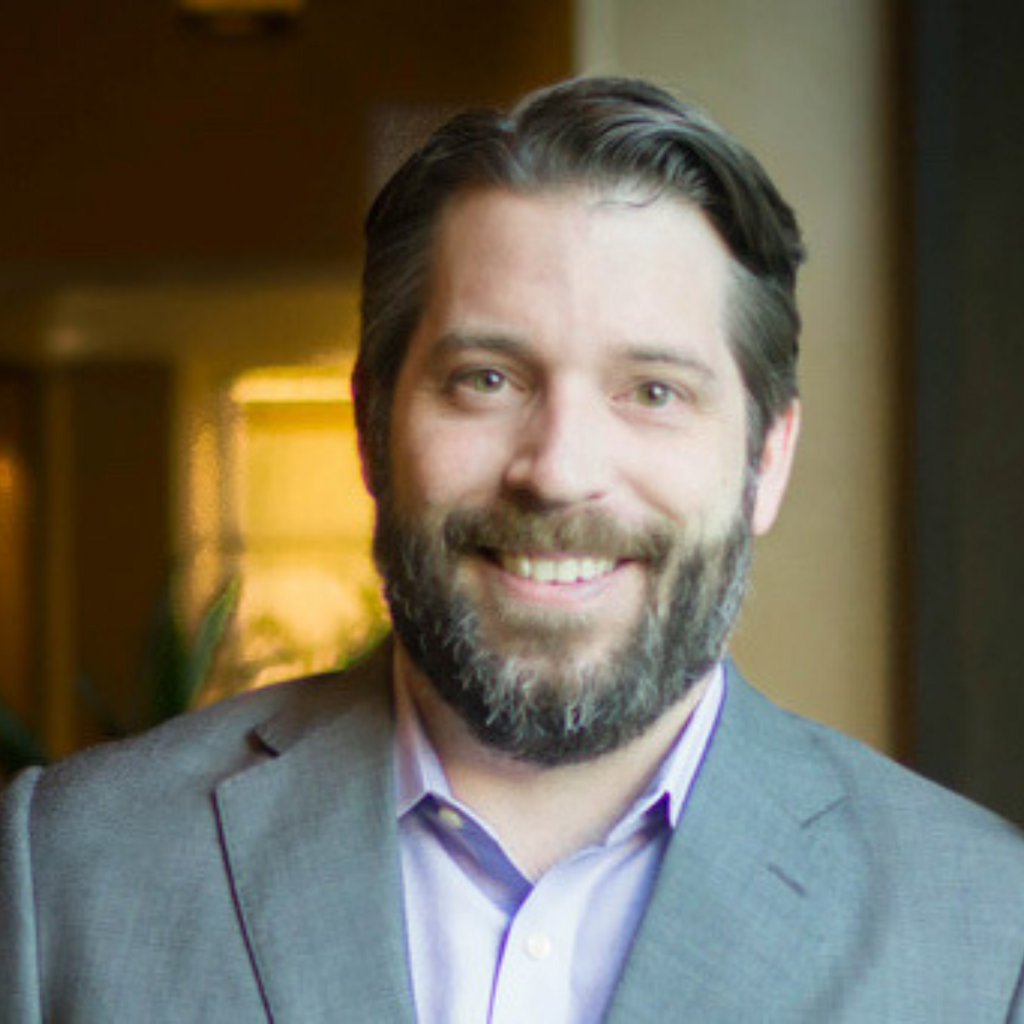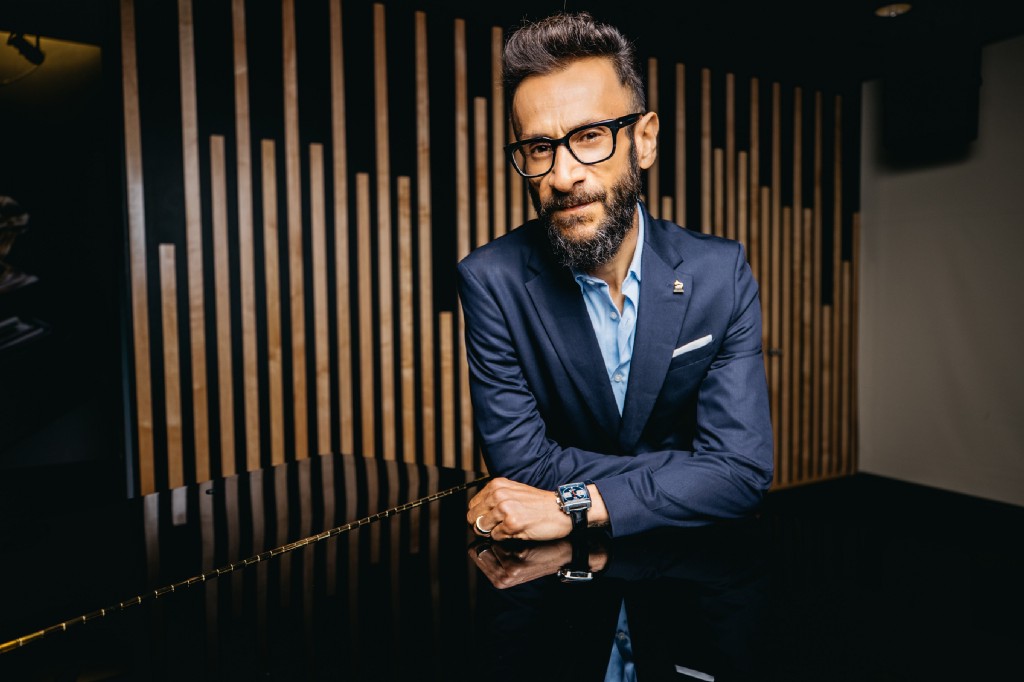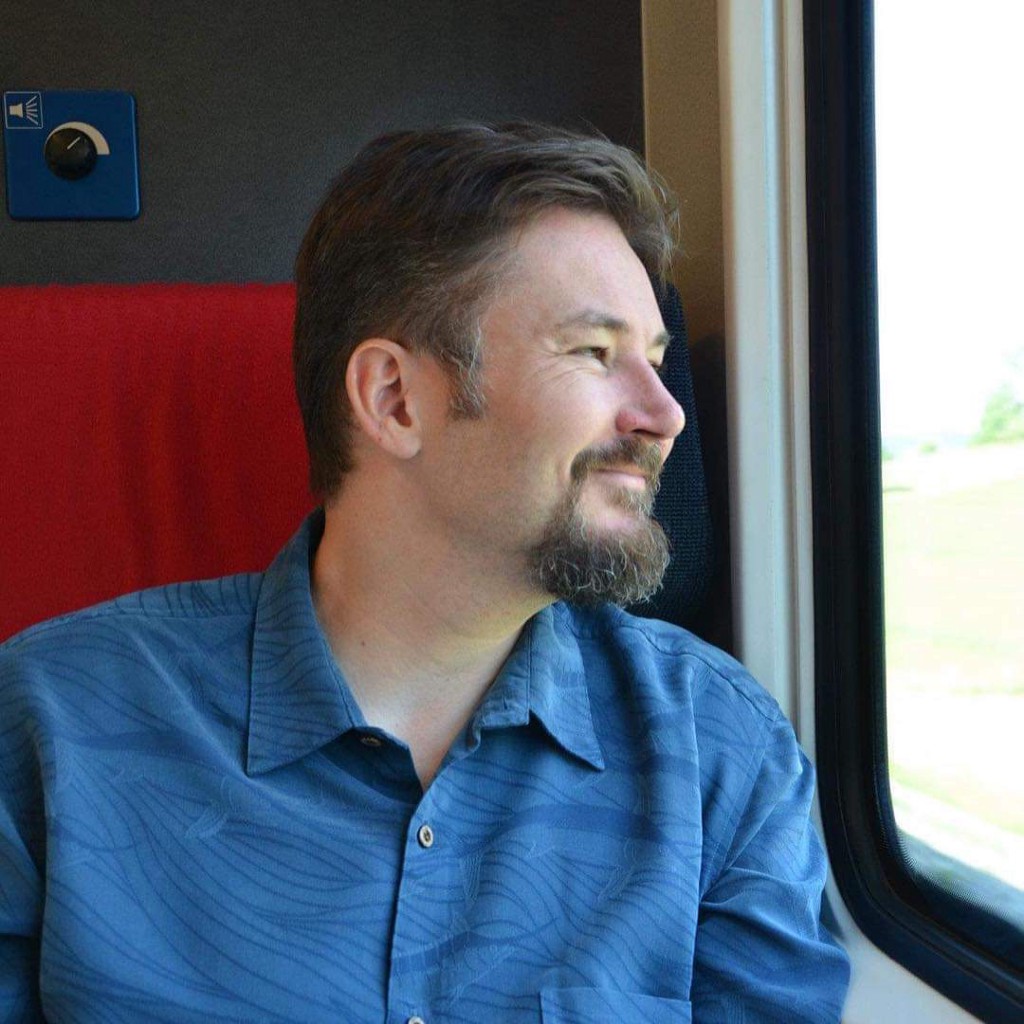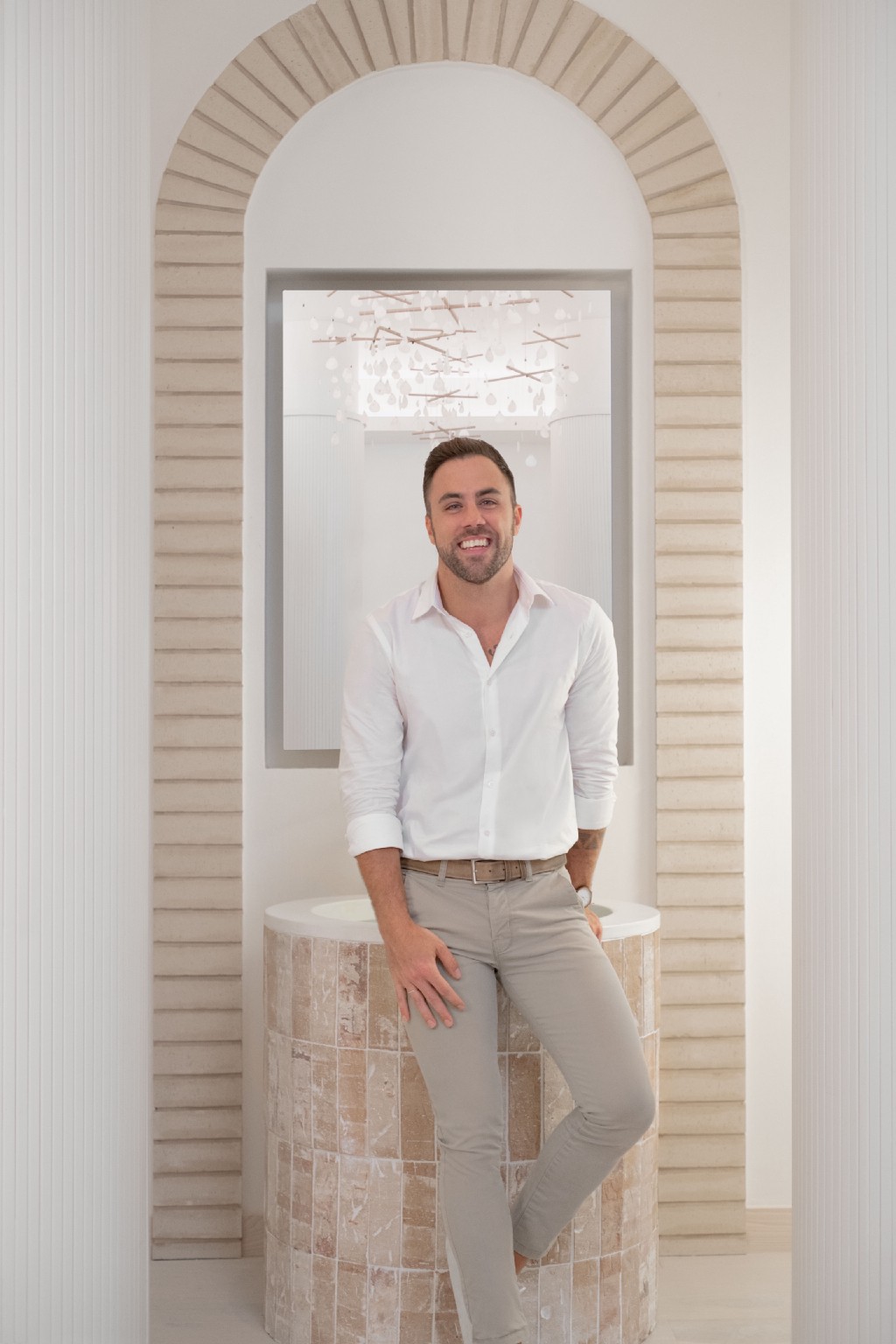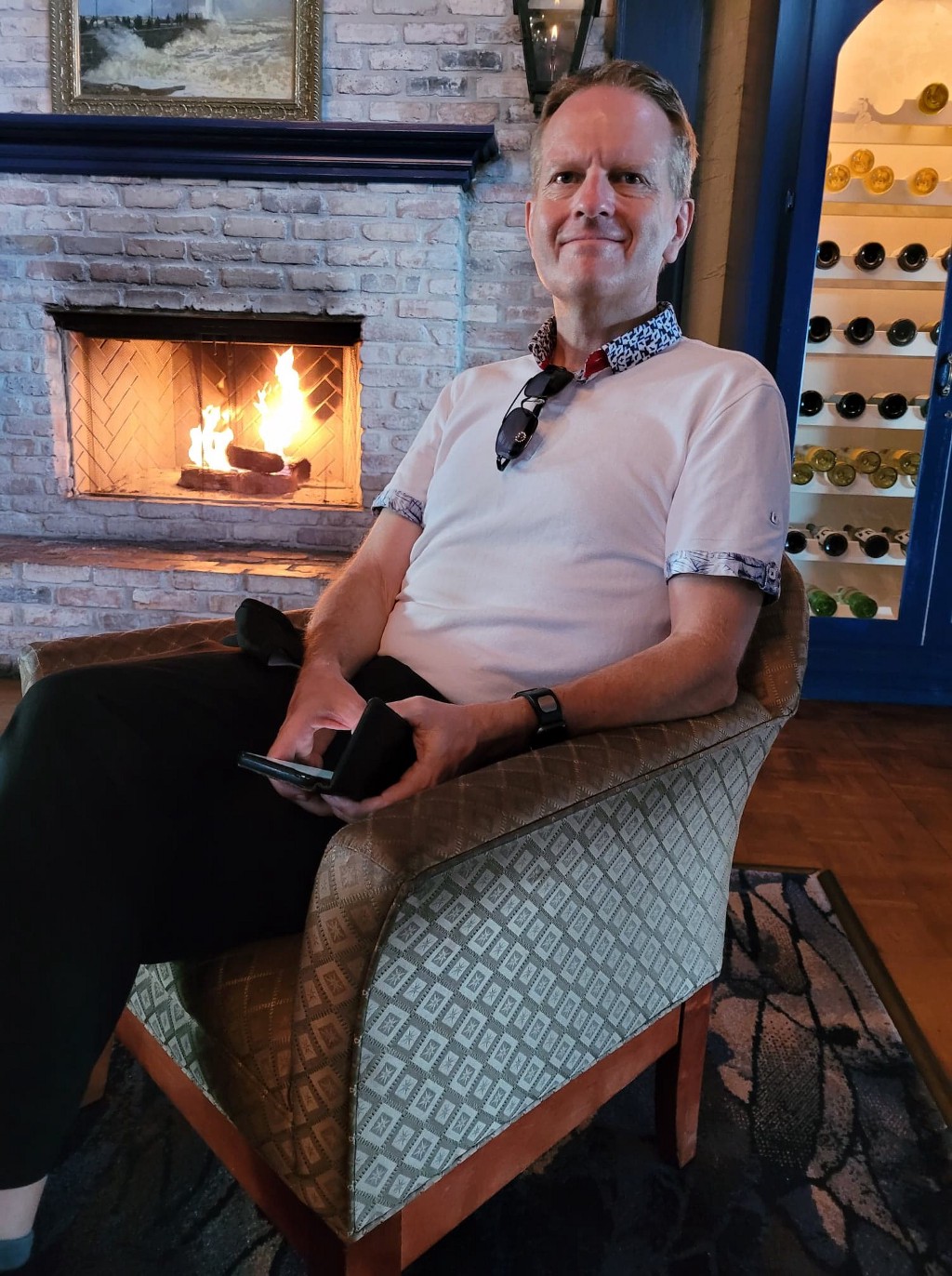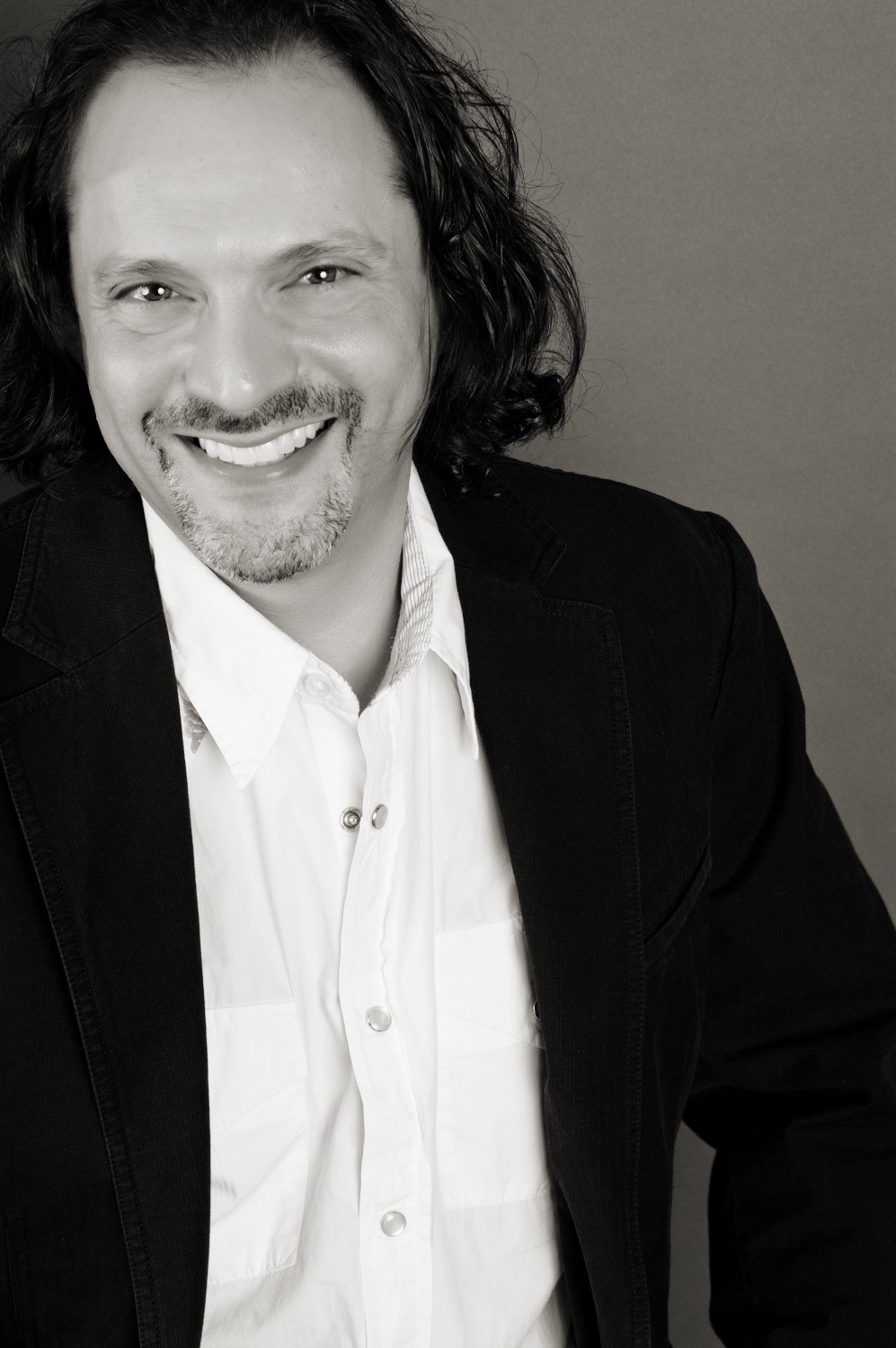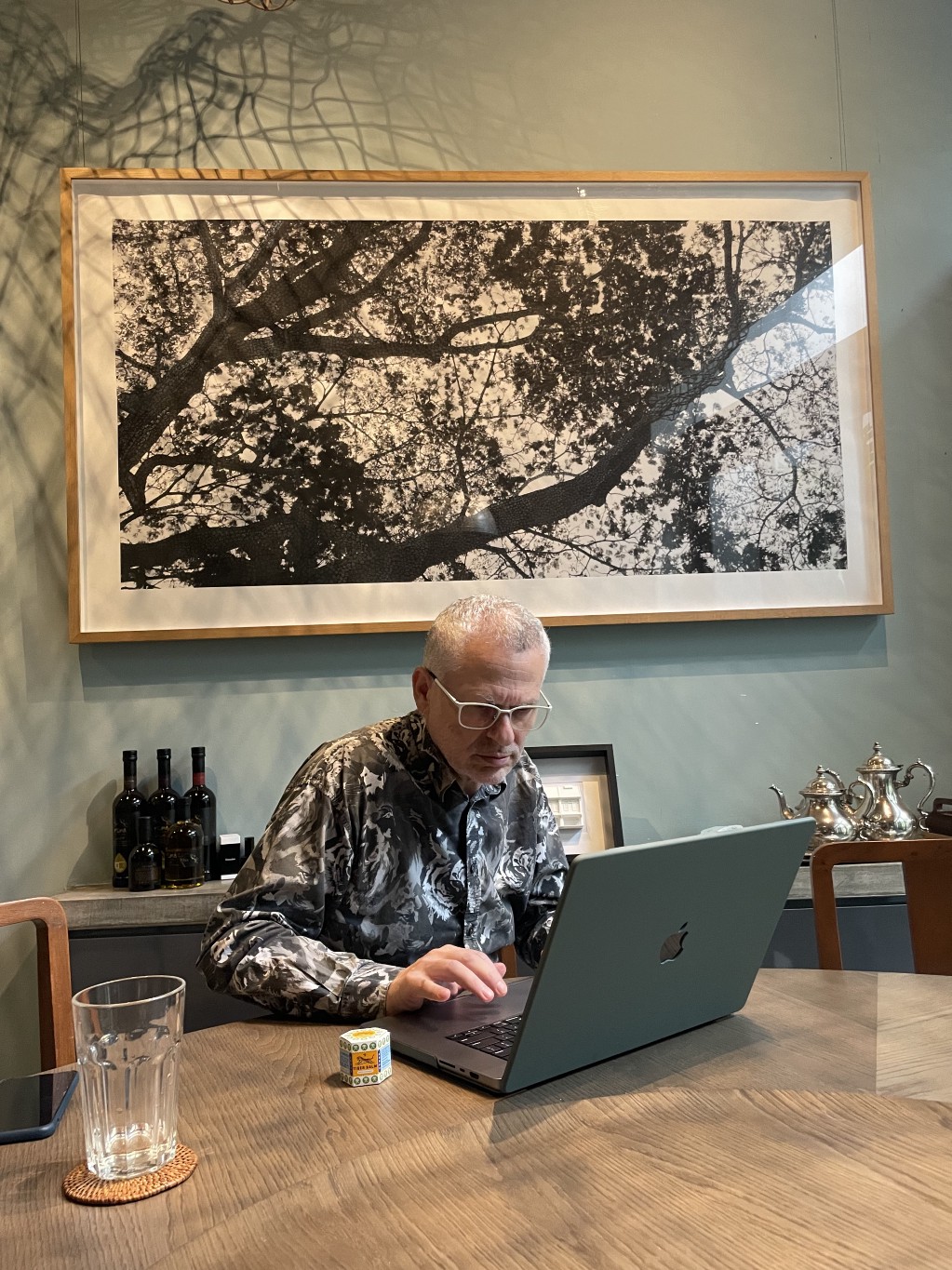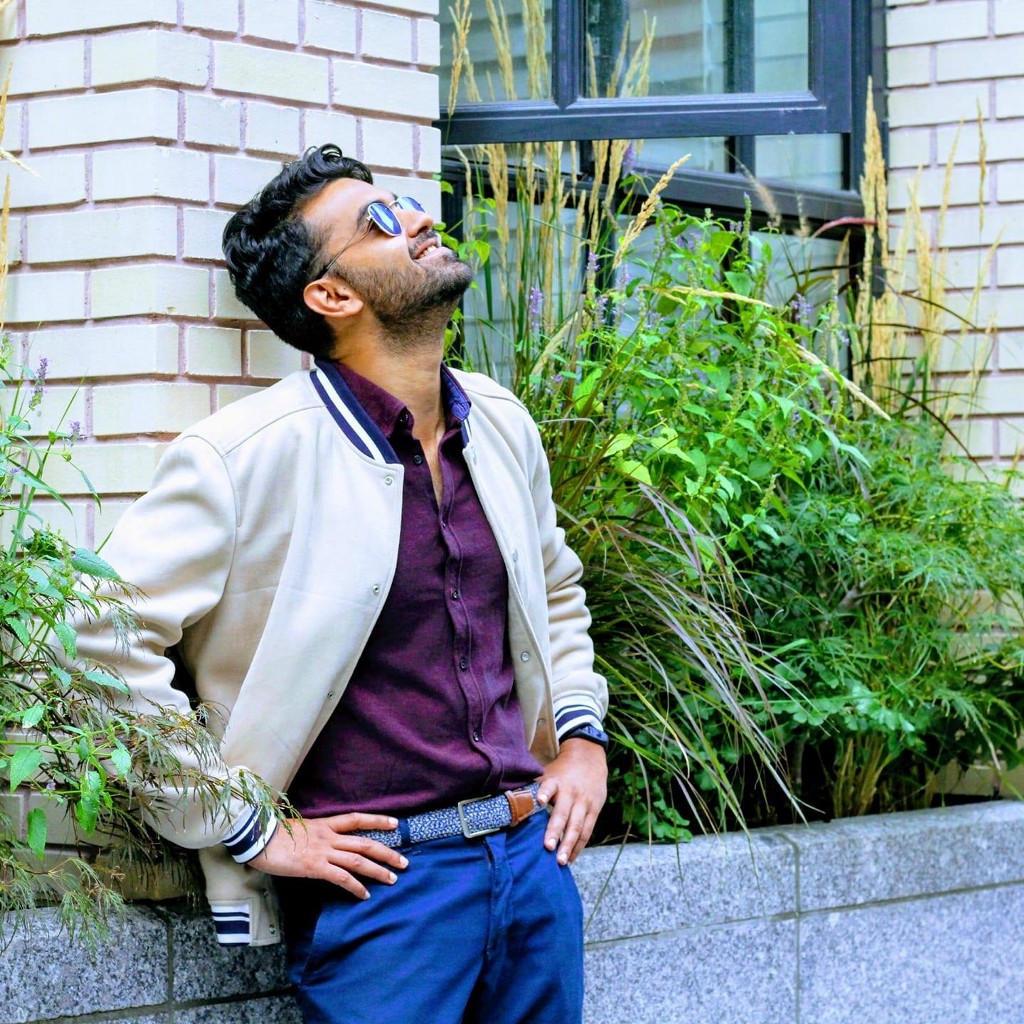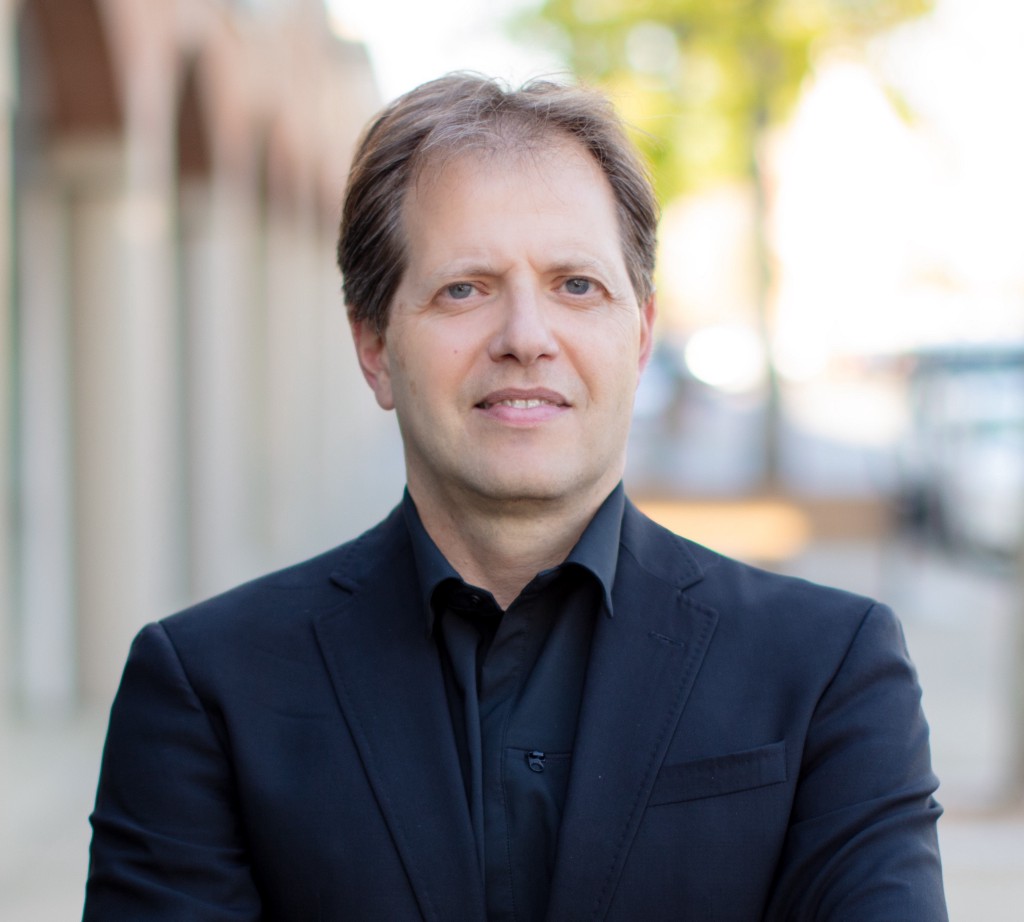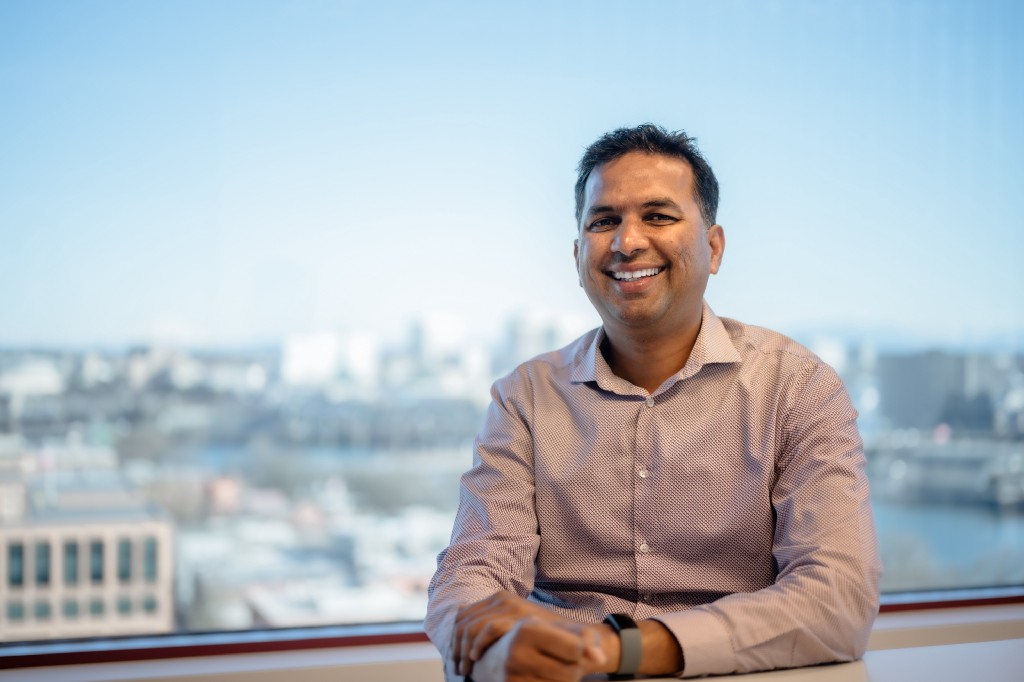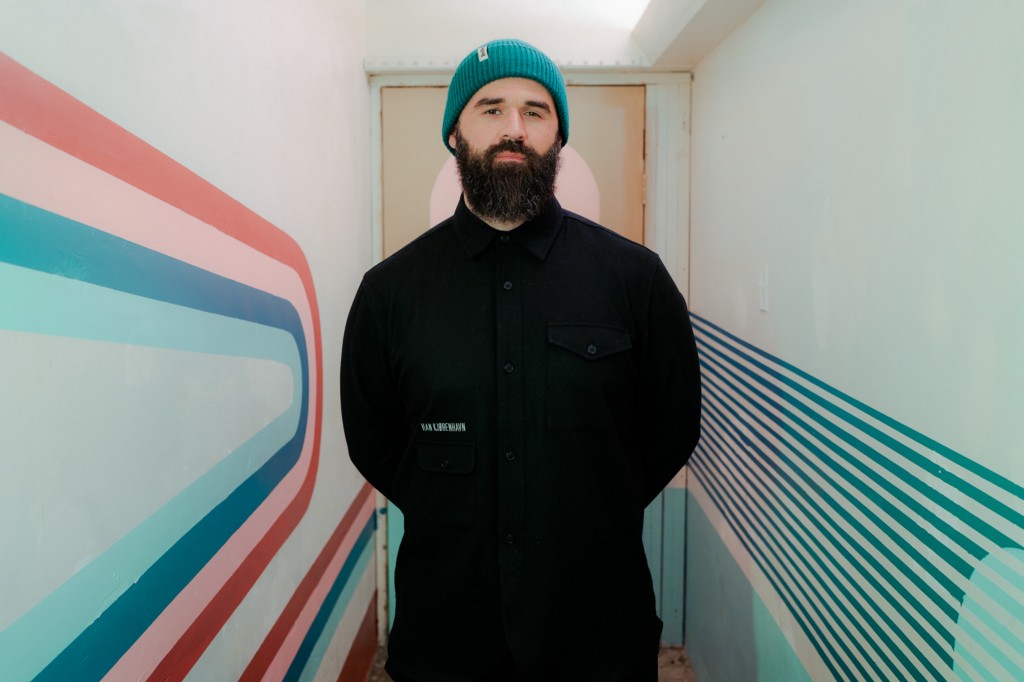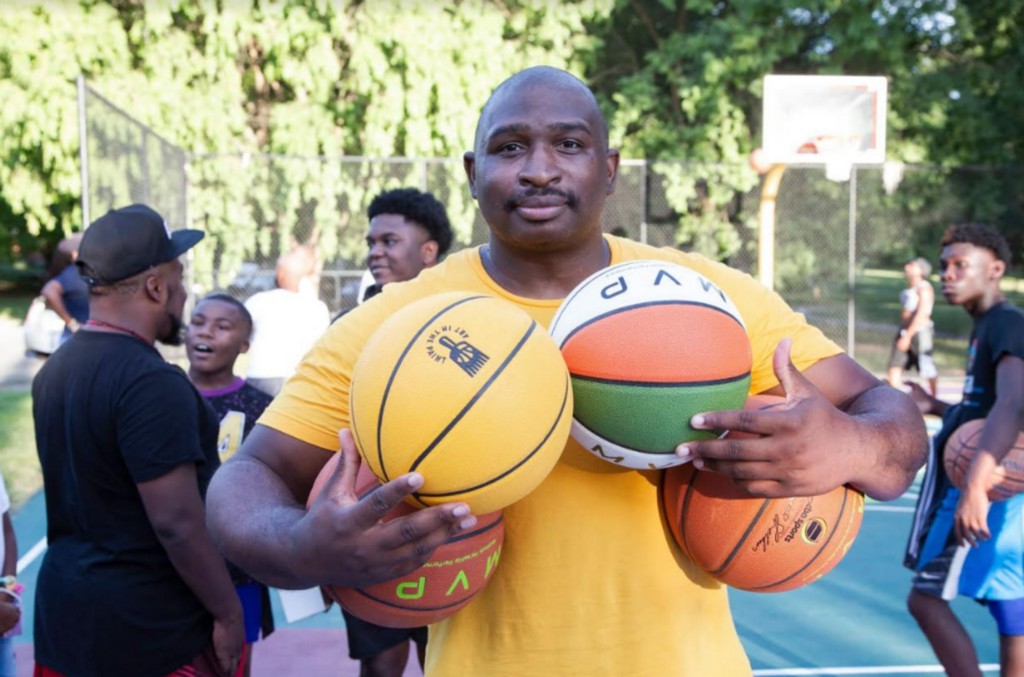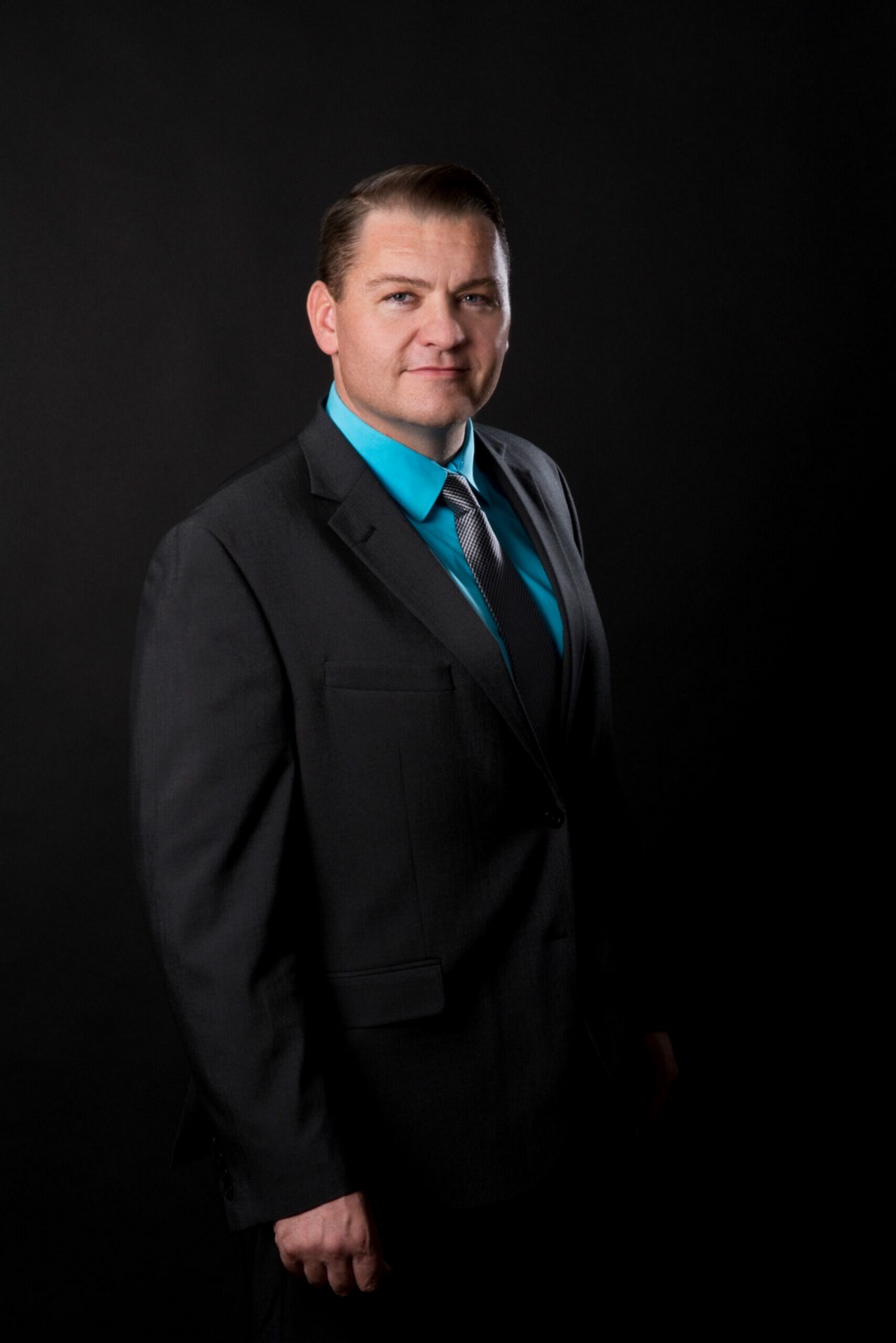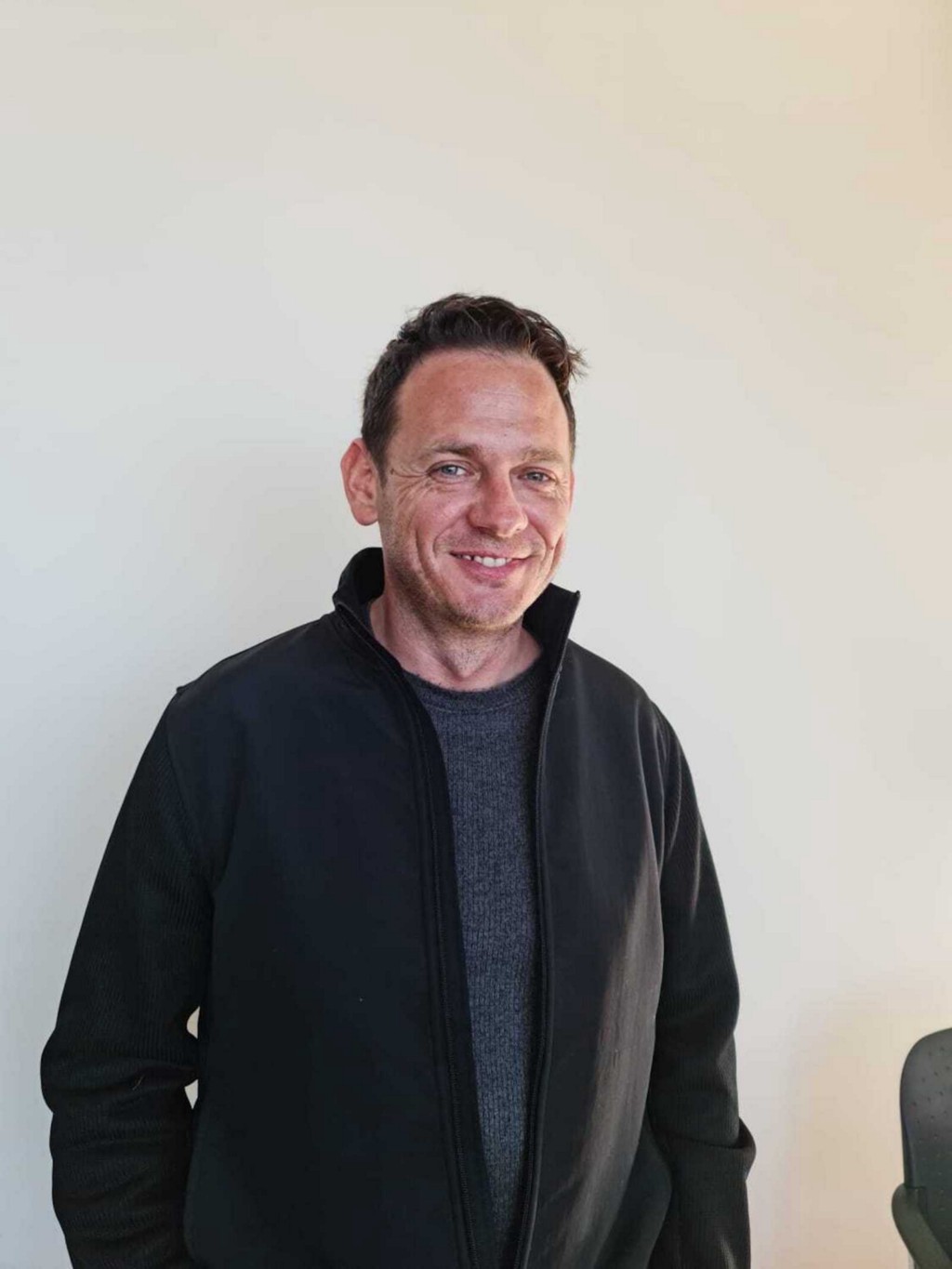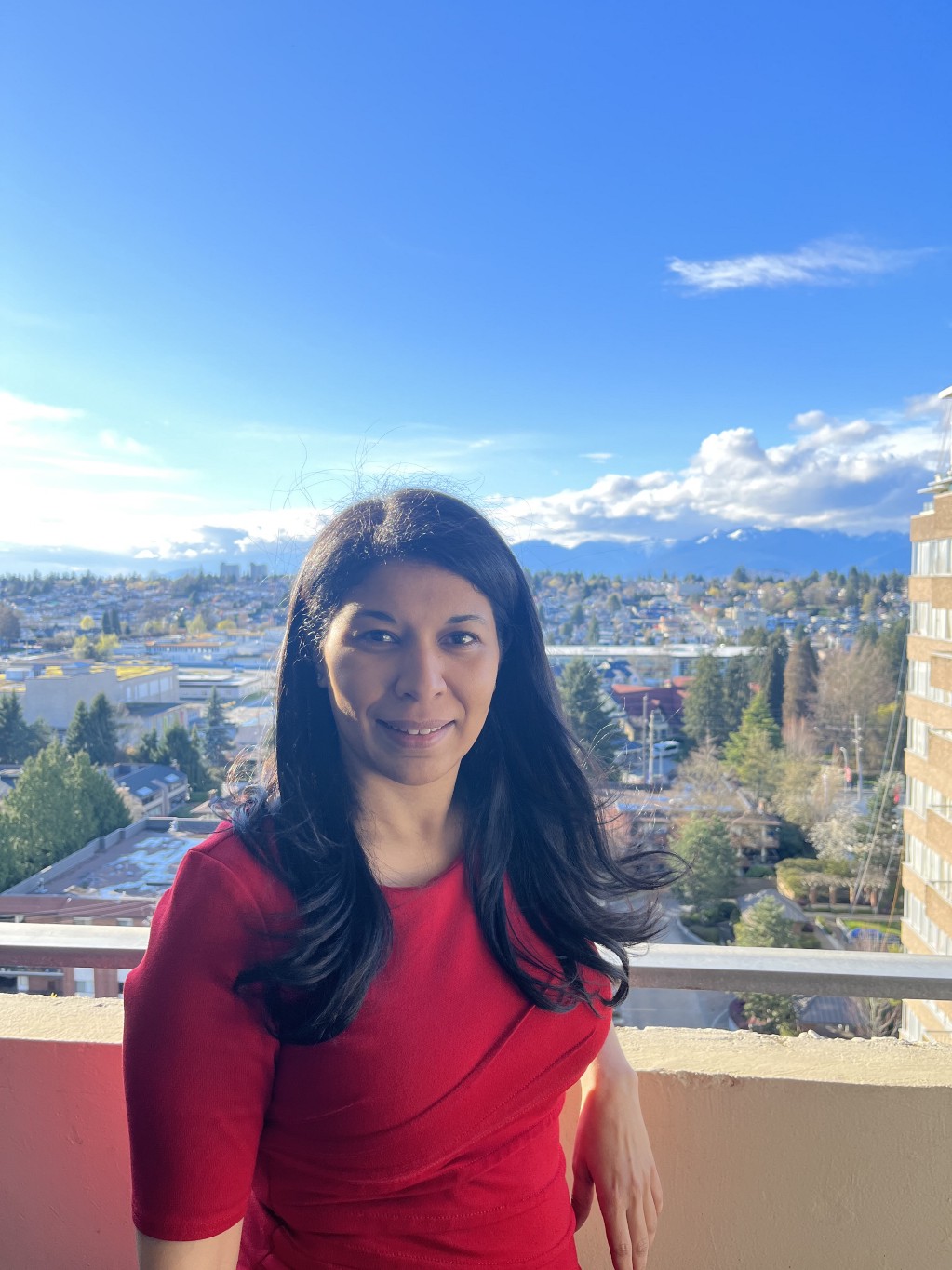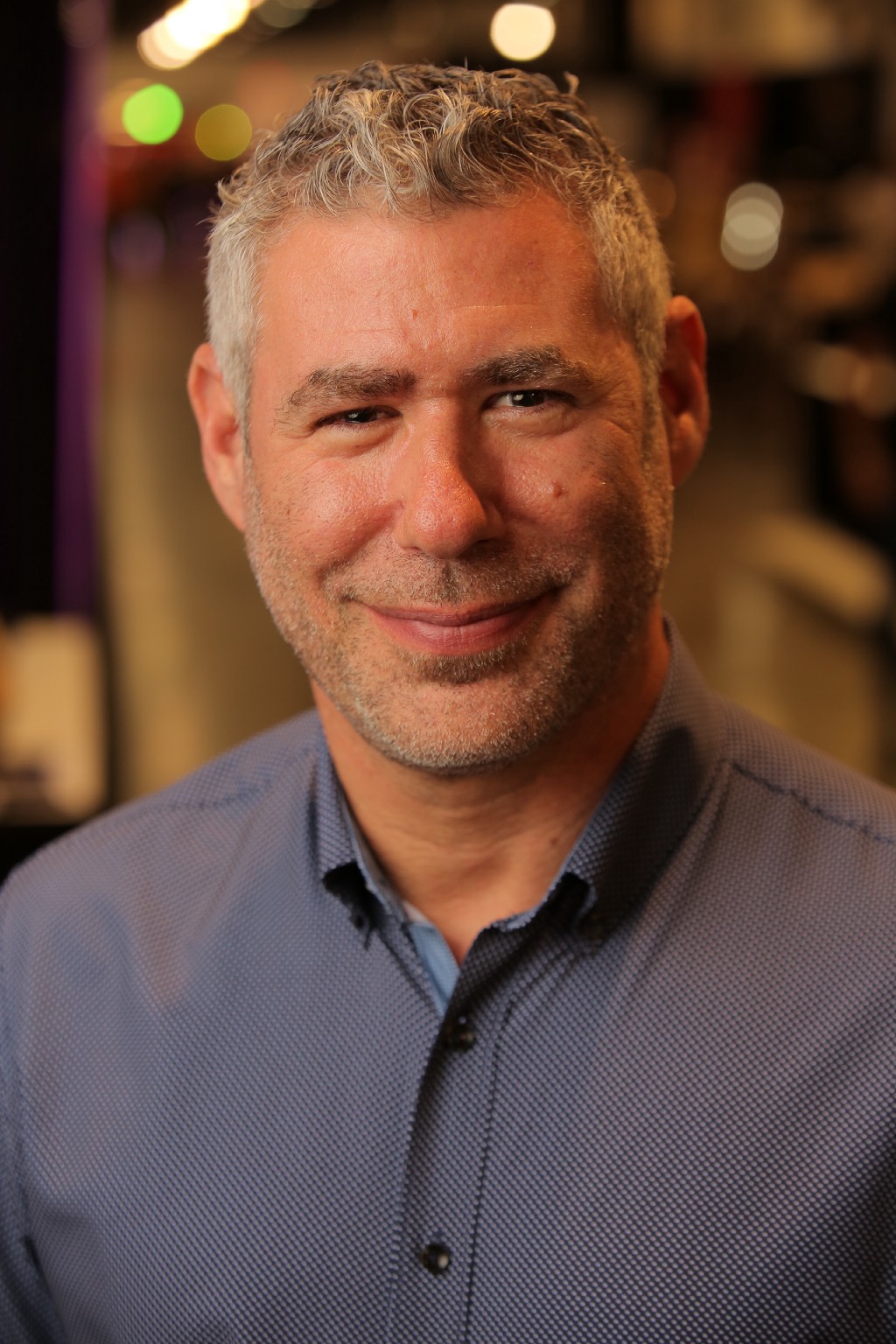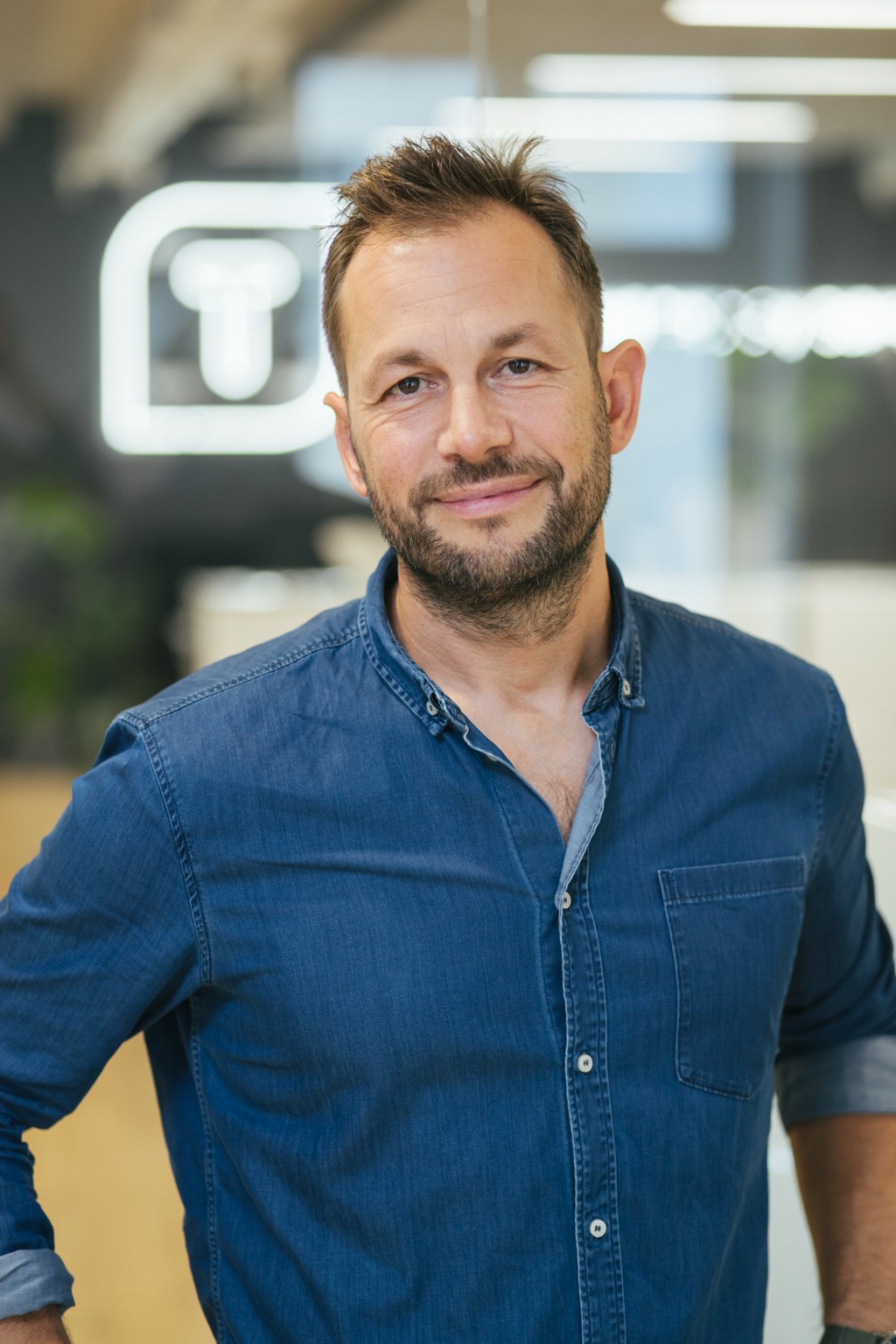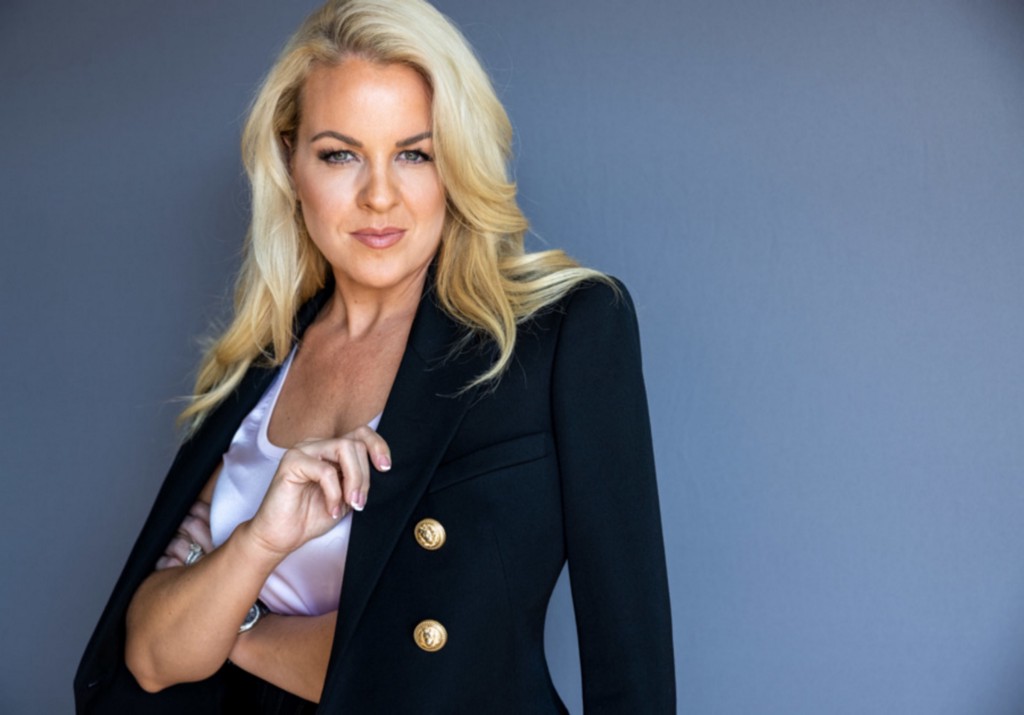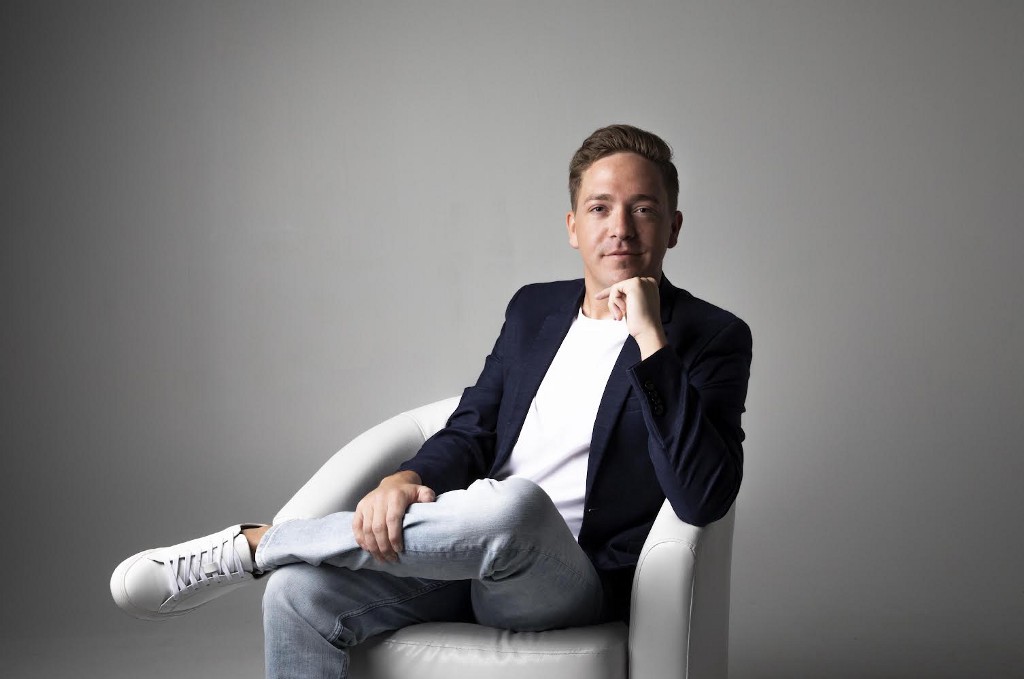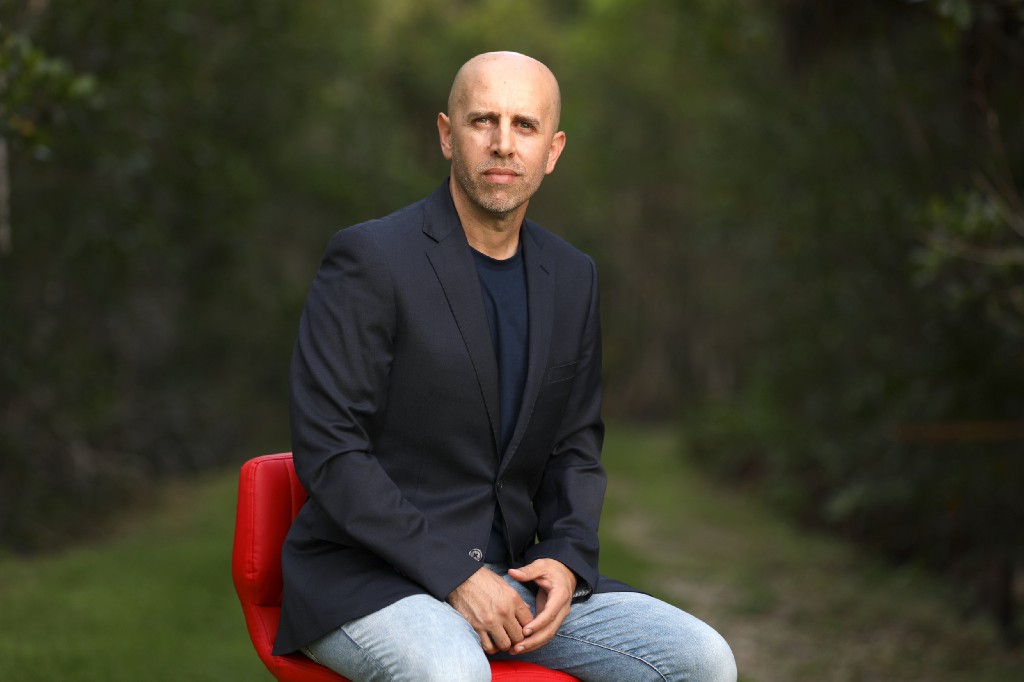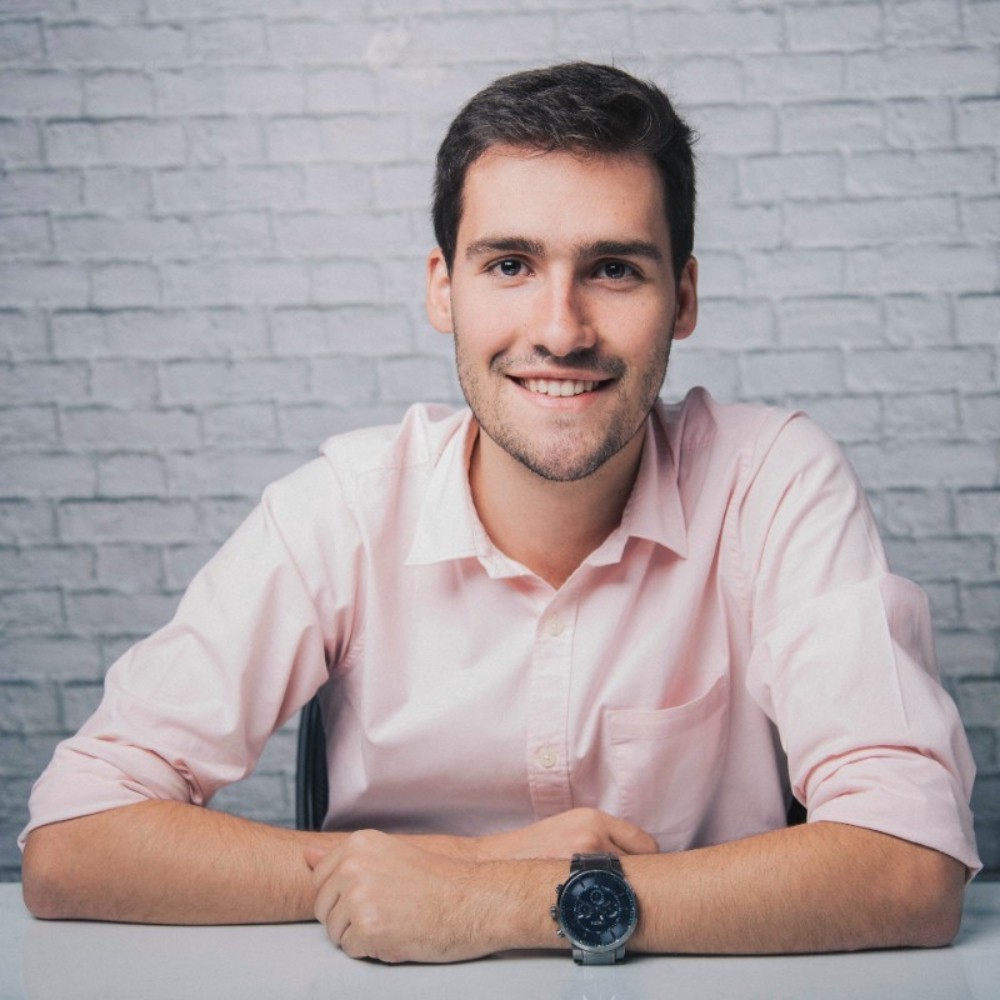An Interview With Fotis Georgiadis
Try and make sure that there are at least one or two elements of your job that “don’t feel like work.” For me this is preparing for and recording the podcast. I get to meet very interesting people, build relationships, and talk about marketing with experts, which is honestly something I’d be down to do outside of work as well. Every person is so different and it reminds me why marketing is so exciting, which helps me stay motivated at work.
As part of our series about how to create a trusted, believable, and beloved brand, I had the pleasure to interview Anushka Lokesh.
Anushka Lokesh is the Head of Growth at Breinify, an AI- powered predictive personalization platform that helps consumer enterprises deliver relevant and personalized experiences at scale. She is an experienced marketing leader who has worked with iconic consumer goods companies like Anheuser-Busch InBev, where she launched and grew brands like Budweiser Magnum, Corona, Hoegaarden, and Stella Artois, and General Mills, where she worked in the New Ventures Group on new product launches. She has experience working internationally in India and Canada. Anushka also has an MBA from the Rotman School of Management, after which her creative nature and love for innovation eventually led her into the tech industry. Her expertise and interest are at the intersection of consumer behavior, marketing technology, and the future of consumer goods and retail. She is also the host of the Beyond Conventional Marketing podcast, where she speaks with marketing leaders about data-driven marketing, digital transformation, and technology and consumer trends.
Thank you so much for doing this with us! Can you tell us a story about what brought you to this specific career path?
I grew up moving around a lot because both my parents were diplomats. I’ve lived in 10 different countries so far and when I was younger we would move every 2–3 years, meaning every few years I would change schools, make new friends, and sometimes learn a new language.
It wasn’t always easy, but I absolutely loved it. I really loved getting to know people and building relationships, hearing other peoples’ stories and learning about different cultures. I actually still love doing all those things! I find it extremely exciting to meet new people, try to understand what makes them who they are, the challenges they face, and to build connections wherever I go.
I believe this is what marketing is at its core and why I love it so much. I developed a curiosity about people, a level of empathy, and the ability to adapt, which I think are all characteristics that really help as a marketer. Marketing has changed so much, but what hasn’t changed is that you still have to get to know people, understand them and build relationships.
Can you share a story about the funniest marketing mistake you made when you were first starting? Can you tell us what lesson you learned from that?
The most important lesson I’ve learned about marketing is that while strategy and creativity are important, they are nothing without execution.
My first real job was at Anheuser Busch InBev for Budweiser. Experiential marketing was huge for us in India, so I worked quite a few events. We wouldn’t just sell beer, we’d also have photo booths, VIP lounges, and social media contests for consumers . At one of my first events, I forgot to make sure we had WiFi set up. Events typically have terrible connections, so it’s important to figure out these things and not rely on phone data. I spent the day of the event setting up WiFi. It was set up while the event was still going on. I felt quite silly! I definitely learned to be more detail oriented from this experience because it would have been such a shame to have everything else set up, and then for consumers to have a bad experience because of WiFi. It’s important to not just get caught up in the idea, but focus on what the entire experience will be like for consumers.
What do you think makes your company stand out? Can you share a story?
At Breinify, we help consumer enterprises deliver relevant and meaningful digital experiences through predictive personalization. To deliver predictive personalization on a website, email campaign, or other marketing channels can be quite a complex undertaking for many companies and to do this in a way that’s effective and scalable requires a solid foundation of data science. We work with retail and consumer goods brands that don’t have an in-house data science team to support personalization. All the data scientists would rather work at tech giants like Netflix or Amazon. We bring data transparency and education around data science and personalization as a journey. I think our team does such a great job of understanding where our customers are on this journey and then helping them grow.
We often find that brands are at different stages of implementing personalization. Some brands are just starting to think about optimizing consumer journeys to make their consumers’ digital experiences more personalized, while others are already quite data-driven and looking for more dynamic personalization. For example, we work with BevMo!, an alcohol retail chain, and Cowboy Charcoal, a well-known brand of fire-fuel products. When we began working with Cowboy Charcoal, we started with simple use cases to optimize the consumer experience with personalized recipe recommendations that led to 67.7 percent more clicks. With BevMo! we started out in a similar fashion, but over the course of a year, Breinify’s solution helped BevMo! achieve 51% YoY incremental lift in sales. Our team and AI platform has helped them personalize across all their marketing channels and drive conversions on their website, email and SMS campaigns. Both of these examples are a testament to how we help customers at every stage of their journey and grow with them as well!
Are you working on any exciting new projects now? How do you think that will help people?
Yes! One of the best parts of my role right now is that I host a podcast called Beyond Conventional Marketing. I speak with marketing leaders about data-driven marketing, technology trends, and the challenges they face. We’ve had some great guests from the consumer goods, retail, and ecommerce industries. Aside from having extremely interesting conversations with such experienced and fascinating people, who all come from different backgrounds and industries, I’ve realized that there are so many shared experiences as marketers. Despite being from different industries, we all face similar challenges, and can definitely learn from and be inspired by each other. I think this is important because marketing is always changing and while we all do our own research, there is nothing like learning from experience, either your own or someone else’s.
Ok let’s now jump to the core part of our interview. In a nutshell, how would you define the difference between brand marketing (branding) and product marketing (advertising)? Can you explain?
Consumers today are extremely complex. The way they make decisions depends on so many factors, all of which are important to understand as a marketer. So, in that sense, both brand and product marketing are extremely important because they both contribute to the overall experience consumers have with your brand and impact the decisions they make. This is even more important now that consumers are spending so much time online and the consumer journeys are generally more complex.
The way I see it is that the goal of product marketing is to educate consumers about your product and value proposition. This would mean go-to-market campaigns for new products or features, communication around product benefits, and why consumers should choose your product over others.
While all this is important for building a brand as well, brand marketing is more focused on building a longer term relationship and emotional connection with your consumers. There’s definitely overlap between product and brand marketing as both are important to connect with consumers and grow your business, but in a nutshell this is how I would describe the difference.
Can you explain to our readers why it is important to invest resources and energy into building a brand, in addition to the general marketing and advertising efforts?
The reputation, trust, and consumer base that comes from building a good brand is an extremely important asset for any company. It can ensure longevity for your company and is an important factor for consumer loyalty as well. This type of brand equity can also allow you to sell products at a premium and maintain a competitive advantage. The way I see it, brand marketing is building a long-term relationship with your consumers. It definitely doesn’t happen overnight, but it’s definitely worth it in the long run to spend time and money into building a trustworthy and reputable brand.
Can you share 5 strategies that a company should be doing to build a trusted and believable brand? Please tell us a story or example for each.
- Clearly define your mission and values: This is the foundation of a trusted and well respected brand, and will help you build and define everything from your target consumer, identity, and assets. It will also help you make difficult decisions down the road as well. Consumers today are value-driven and choose brands that align with their values. I think I’ve been really lucky to work at companies that do this well. When I worked at AB InBev, the “Dream, People, Culture” approach was actually a guiding light for everything.
- Listen to your consumers: Sometimes I feel that companies have the tendency to create a product or a campaign they think is great. It might be a really impressive product, or a very unique and creative campaign, but if it isn’t what your consumers are looking for, it is quite useless. If the ultimate goal is to build a brand that people trust, and to connect meaningfully with your consumers, you have to understand their needs. For me the way to do this is by doing consumer research (not just once, but regularly) and approaching things iteratively. Your consumers’ needs can change, so it’s important to be able to listen and adapt as well.
- Have a good product: There is no point putting the time and resources into building a brand, if you don’t have a good product. At the end of the day, you want people to buy your stuff, so you need to have good quality stuff. A good product is the backbone of any good brand.
- Know what your brand is and isn’t: When thinking about your brand identity, it is of course important to figure out what you want your brand to be. Thinking of words and personality traits that describe your brand is helpful, but I think it is equally important to clearly define what your brand is not. An authentic and successful brand can’t be everything for everyone at all times, and clearly identifying what your brand is not will help in staying authentic and believable.
- Be consistent with all types of communication: You have to clearly define and document what your visual brand identity is, your tone of voice. Every company needs visual brand guidelines and a brand book, where it is crystal clear how to make creative assets and make decisions about your brand assets. Being vigilant and consistent in terms of both visual and written communication, is an underrated part of building a trusted brand. Consistency not only builds familiarity with consumers, but it also builds trust. Consistency at early stages of brand development can just mean identifying one or two simple messages that you want to nail down, and as your brand grows the consistency in communication can evolve across different channels, messaging, and elaborate campaigns.
In your opinion, what is an example of a company that has done a fantastic job building a believable and beloved brand. What specifically impresses you? What can one do to replicate that?
Every marketer has a brand they really admire, and for me it’s Nike. I love them because they have functional and stylish products, they are socially conscious and they’ve built a brand that is inspiring. I still get goosebumps every time a new Nike ad comes out. None of their ads are super complex, but they are always impactful and evoke an emotional response from me. The way they communicate visually and with their copy is really simple but so thoughtful.
I think the way to replicate this is to be extremely clear on what you stand for as a brand, but also to really be clear on what response you want consumers to have. What do you want them to think, feel, and do when they interact with your brand?
In advertising, one generally measures success by the number of sales. How does one measure the success of a brand building campaign? Is it similar, is it different?
I think it’s all related. Brand equity is really important for any brand. If you had two products that were essentially the same, but one was a well-known brand and the other wasn’t, the product from a well-known brand would be more valuable because it has a reputation and inspires trust. Measuring brand equity is complex and incorporates many different factors like brand sentiment, awareness, and consideration, as well as sales.
When measuring the success of a brand campaign, it depends on what the objective of the brand campaign is. You can do a brand campaign that is designed to improve sales. In which case, you should be measuring the additional lift in sales during that campaign. Black Friday is a great example of this. Even though the messaging is more discount oriented, it is still a brand campaign, and important for consumers to see, with the ideal end result being that they buy a bunch of stuff during Black Friday sales. If the objective of a brand campaign is to increase awareness, then you would measure consumer awareness before and after the campaign. This usually happens through brand tracking or brand awareness surveys.
Other possible objectives of a brand campaign could be to improve sentiment, in which case you might want to use net promoter scores or social media monitoring. What’s important here is that everything contributes to your brand equity and to measure the impact of any campaign, you need to clearly define the objective.
What role does social media play in your branding efforts?
When it comes to social media, I think it’s important for companies to meet their consumers where they are and be purposeful in how they use social media. Understand how your consumers are using social media, and let that define how you use social media to connect with them. For example, if your consumer uses social media to get product recommendations from influencers, then your social media strategy should include influencers that can recommend your product, and should be optimized for discovery if consumers were to click through to your page.
I find sometimes the tendency with social media is to either try and be active on every platform, or if there’s new platforms to immediately try and get on those. But being on TikTok might not actually be beneficial for your brand or growing your business, so it’s important to be thoughtful about your social media presence.
Social media is also unique because it’s a two-way street. While putting out content, like any other marketing channel it’s important to reflect your brand identity and be consistent with visual and written communication, but social media channels can also be an effective feedback loop. It’s a great place to gather consumer feedback and listen to what type of content your consumers want or what they think of your brand.
What advice would you give to other marketers or business leaders to thrive and avoid burnout?
I think it’s really important to do work that you enjoy and care about. Of course not everything in your day-to-day life will be enjoyable but generally aligning my career with my values and focusing on continuously learning has helped me feel good about my choices and find my way even when I’m a little lost. Also, one thing that I have grown to value more is the people that I work with as well. I love working with people who I can learn from, and the best teams I’ve worked on are not just work colleagues, but there is a sense of friendship and trust that is beneficial that helps us be successful, even when things are difficult.
That being said, it’s still possible to burn out even when you enjoy your work so I would offer this:
- Take time off!! I was always really bad at this earlier on in my career, but I find that taking time off from work to travel, spend time with family, or even just take a mental health day here and there helps me bring my full self to work and do my job well.
- Find non-work related things that help you decompress and re-energize. I think a lot about work even when I’m not working, and sometimes that may contribute towards burn out, but there are some activities that force me to not think about work that I always return to when I need a break, but maybe a day off isn’t possible. I love doing muay thai (kicking stuff is really fun and therapeutic) and drawing/painting on the weekend, and always feel more happy and re-energized the next day.
- Finally, try and make sure that there are at least one or two elements of your job that “don’t feel like work.” For me this is preparing for and recording the podcast. I get to meet very interesting people, build relationships, and talk about marketing with experts, which is honestly something I’d be down to do outside of work as well. Every person is so different and it reminds me why marketing is so exciting, which helps me stay motivated at work.
You are a person of great influence. If you could inspire a movement that would bring the most amount of good to the most amount of people, what would that be? You never know what your idea can trigger. 🙂
It’s been really encouraging in the last few years to see people thinking more about diversity. It’s an extremely complex issue, but something that I feel can help us make progress is by thinking about it in terms of representation. As humans, when we see ourselves represented, whether it is in different career paths, in the media, etc. it makes us feel valued and understood.
I think conversation is an underrated way of making progress, so maybe this seems very simple, but I would just try to facilitate conversations about representation over casual coffees, on the internet, and at work. These conversations should encourage people to discuss the ways in which they feel represented and the ways in which they aren’t. I find these conversations inspiring and insightful. They have really shaped some of the choices I make and the way that I approach the world and other people. More important and influential people might experience the ripple effect of one of these conversations, or it might inspire someone to change the way they make decisions.
Can you please give us your favorite “Life Lesson Quote”? Can you share how that was relevant to you in your life?
“The man who moves a mountain begins by carrying away small stones.”
I love this quote because it reminds me to take things one small step at a time. It’s extremely helpful when I have a lot going on, or when I feel overwhelmed and it also grounds me into the present. Instead of worrying about things that can go wrong or thinking too far ahead into the future, it helps to focus on what I can do right now. I’ve found this to be extremely helpful, both in my personal and professional life.
We are blessed that very prominent leaders in business and entertainment read this column. Is there a person in the world with whom you would like to have lunch or breakfast with? He or she might just see this, especially if we tag them. 🙂
I would love to hang out with Mindy Kaling. I have always been quite fascinated with the entertainment industry, so would definitely love to learn more about it. Aside from that she is extremely clever and funny, and I love what she’s done for representation of people of color in mainstream television. She seems really authentic and hilarious, and I think it would be a really fun time!
How can our readers follow you on social media?
Follow me on LinkedIn here.
Thank you so much for joining us. This was very inspirational.
Anushka Lokesh Of Breinify On Five Things You Need To Build A Trusted And Beloved Brand was originally published in Authority Magazine on Medium, where people are continuing the conversation by highlighting and responding to this story.

